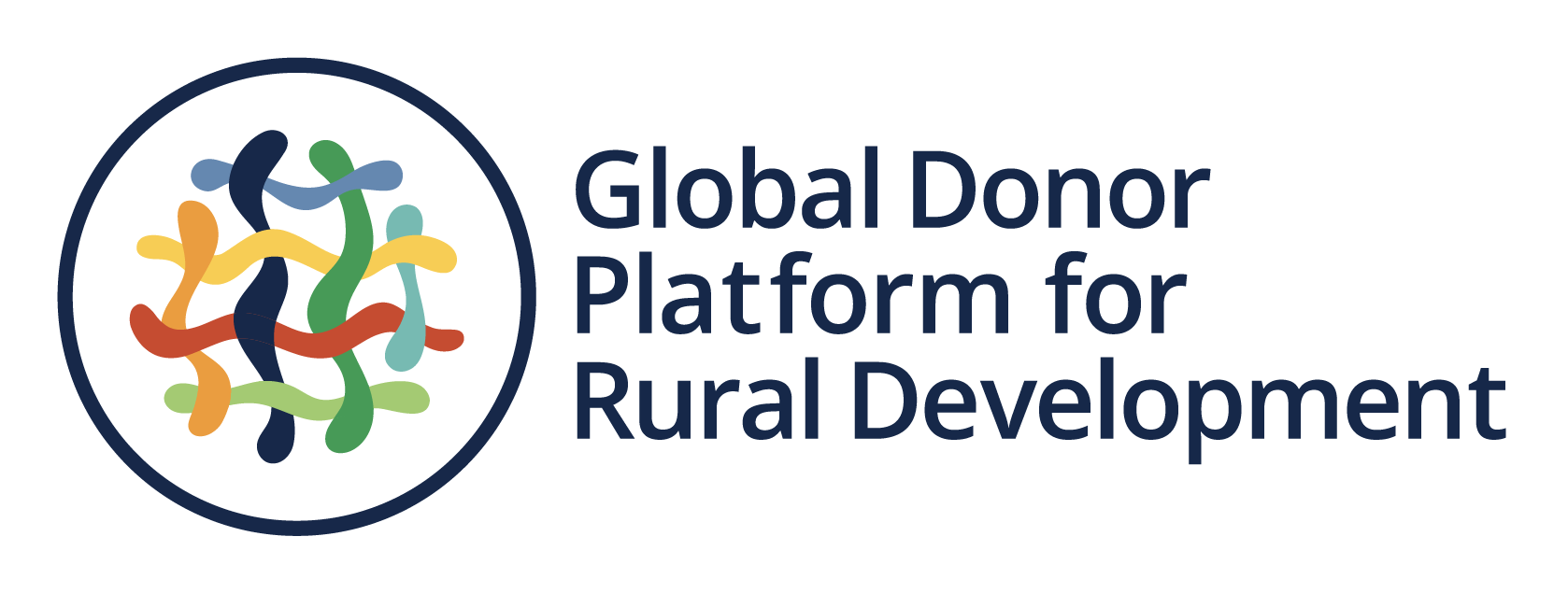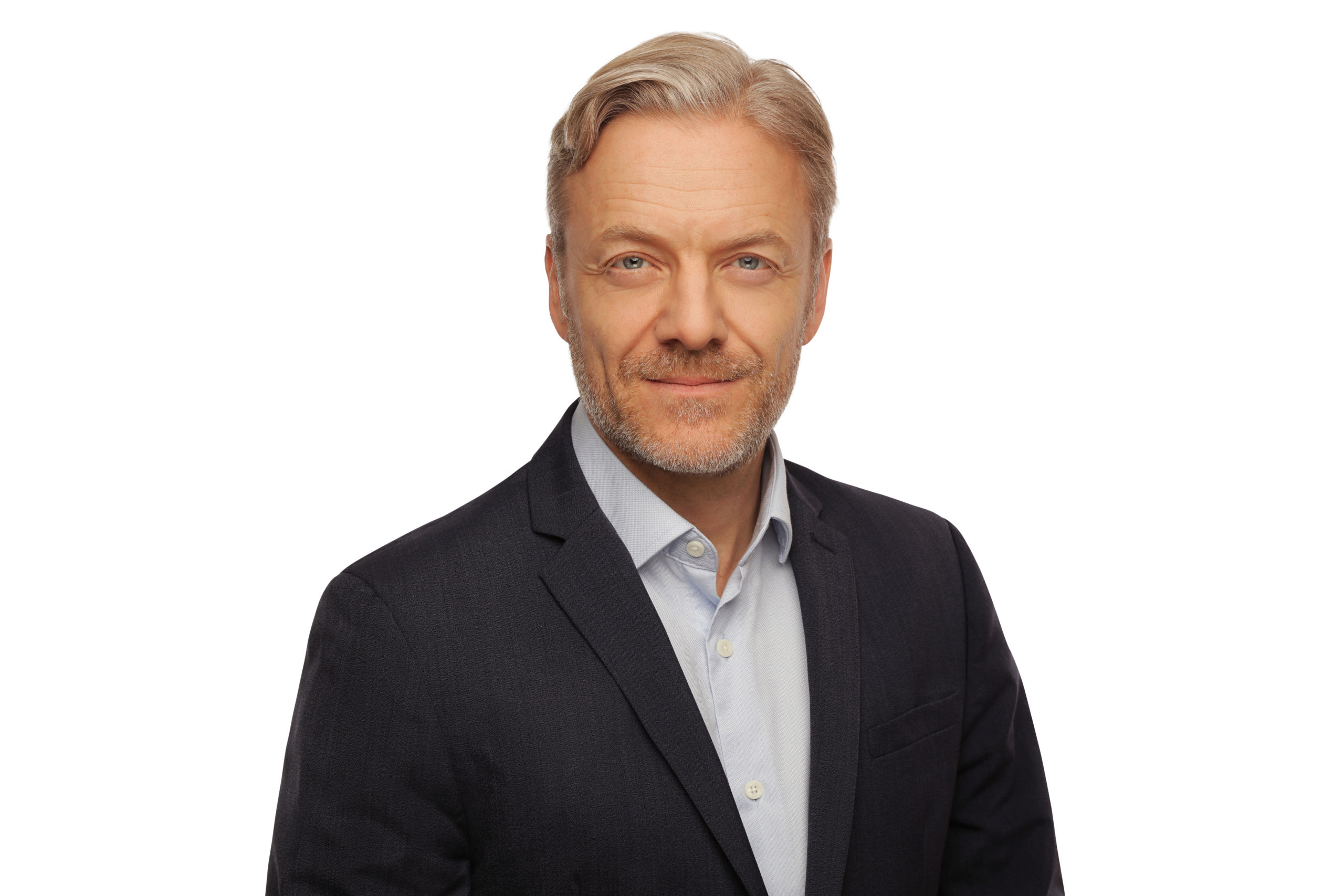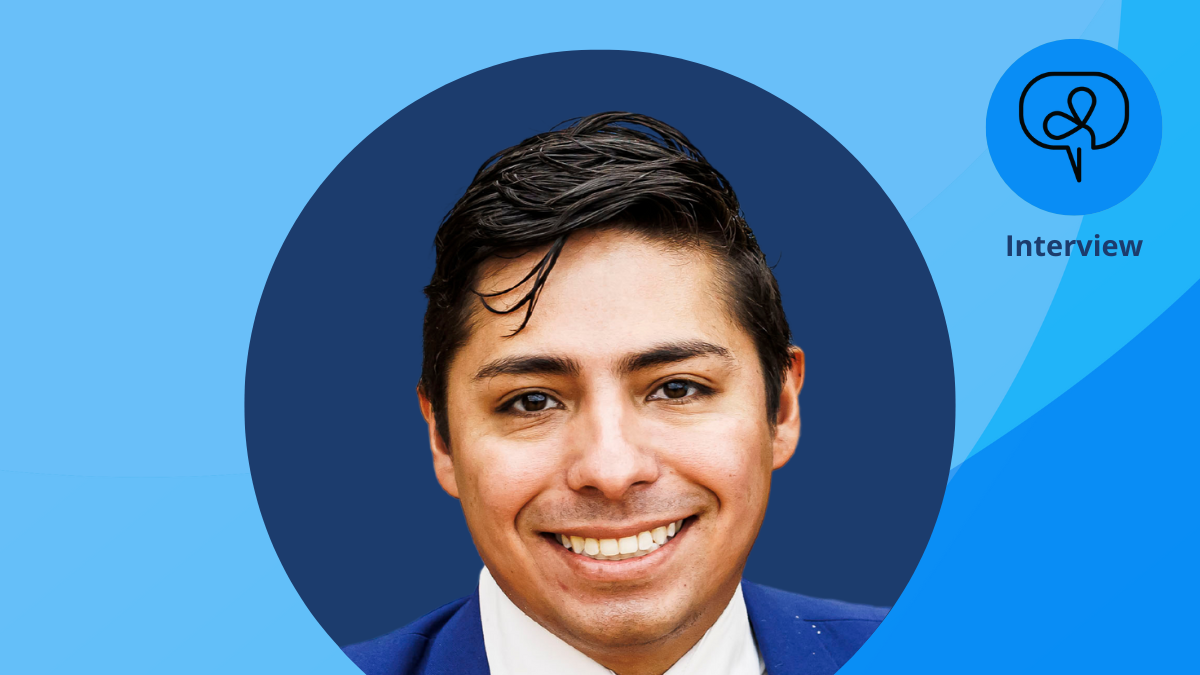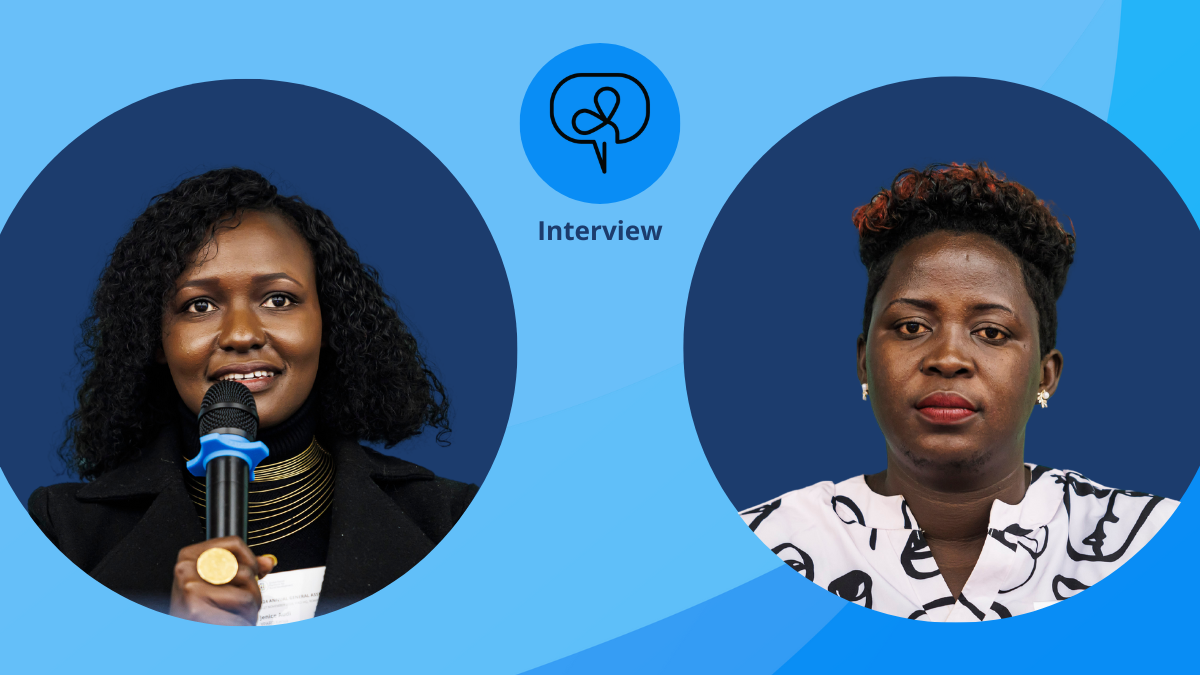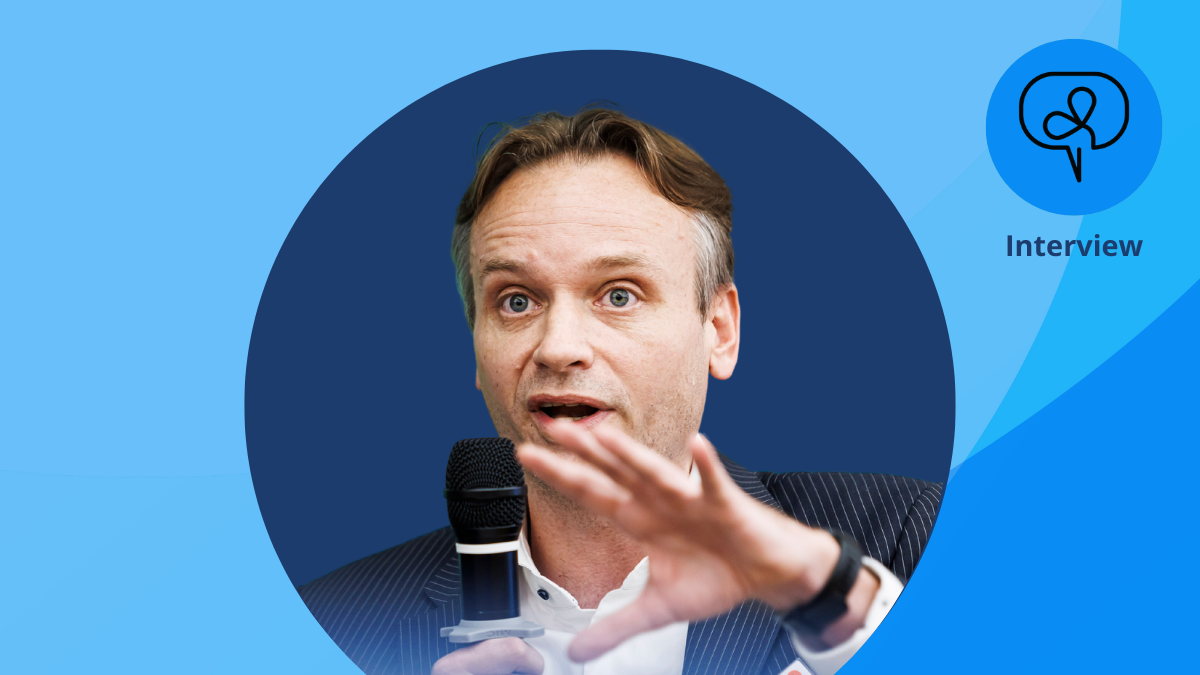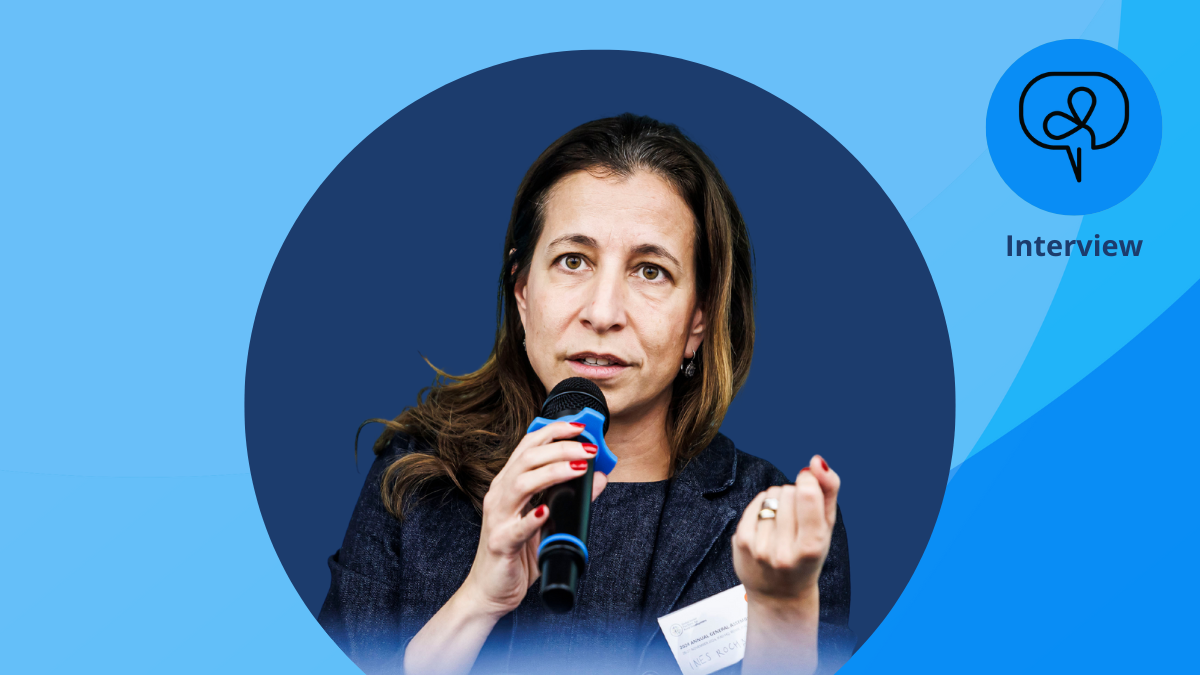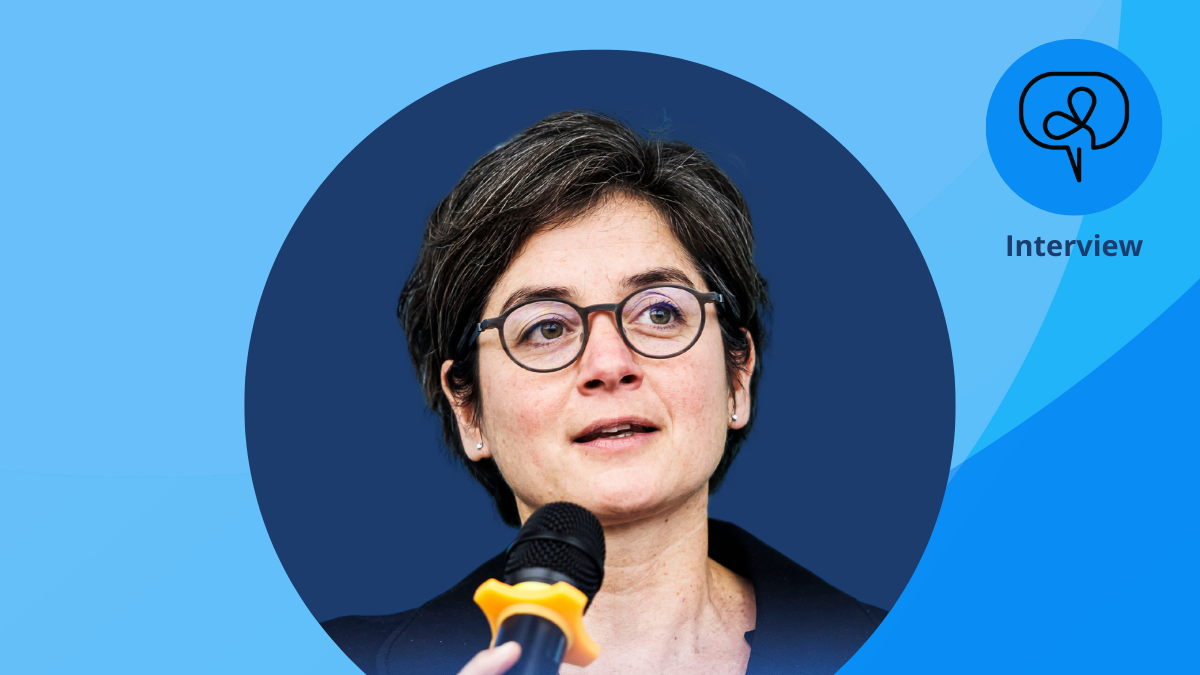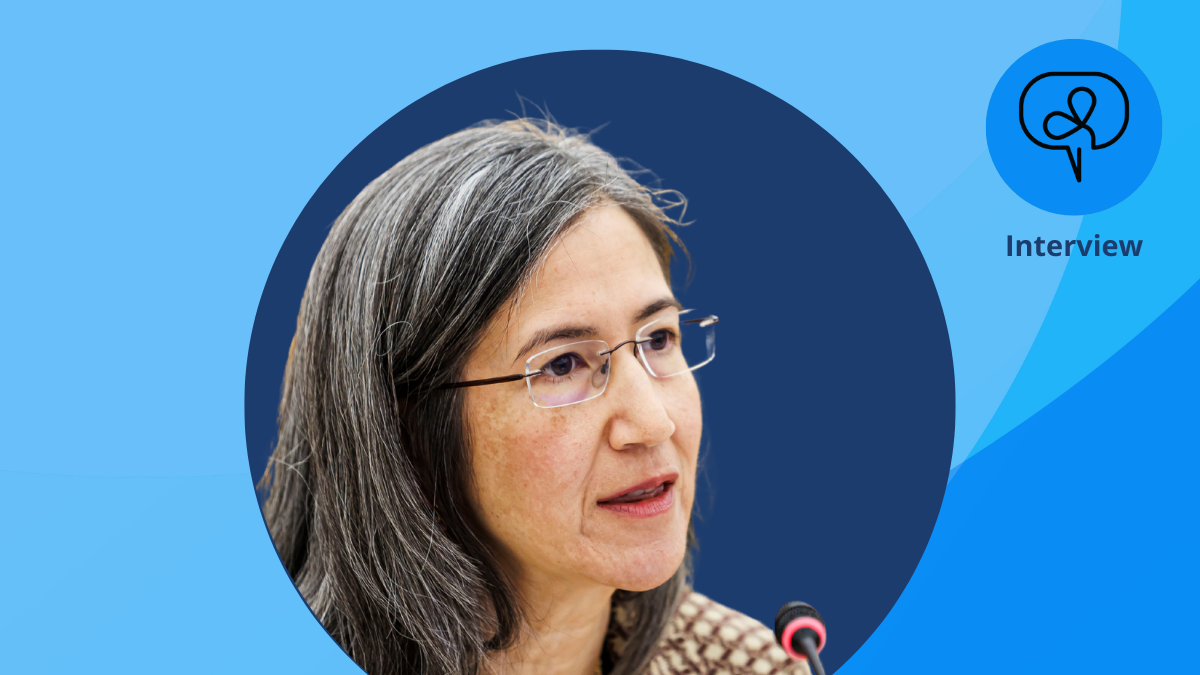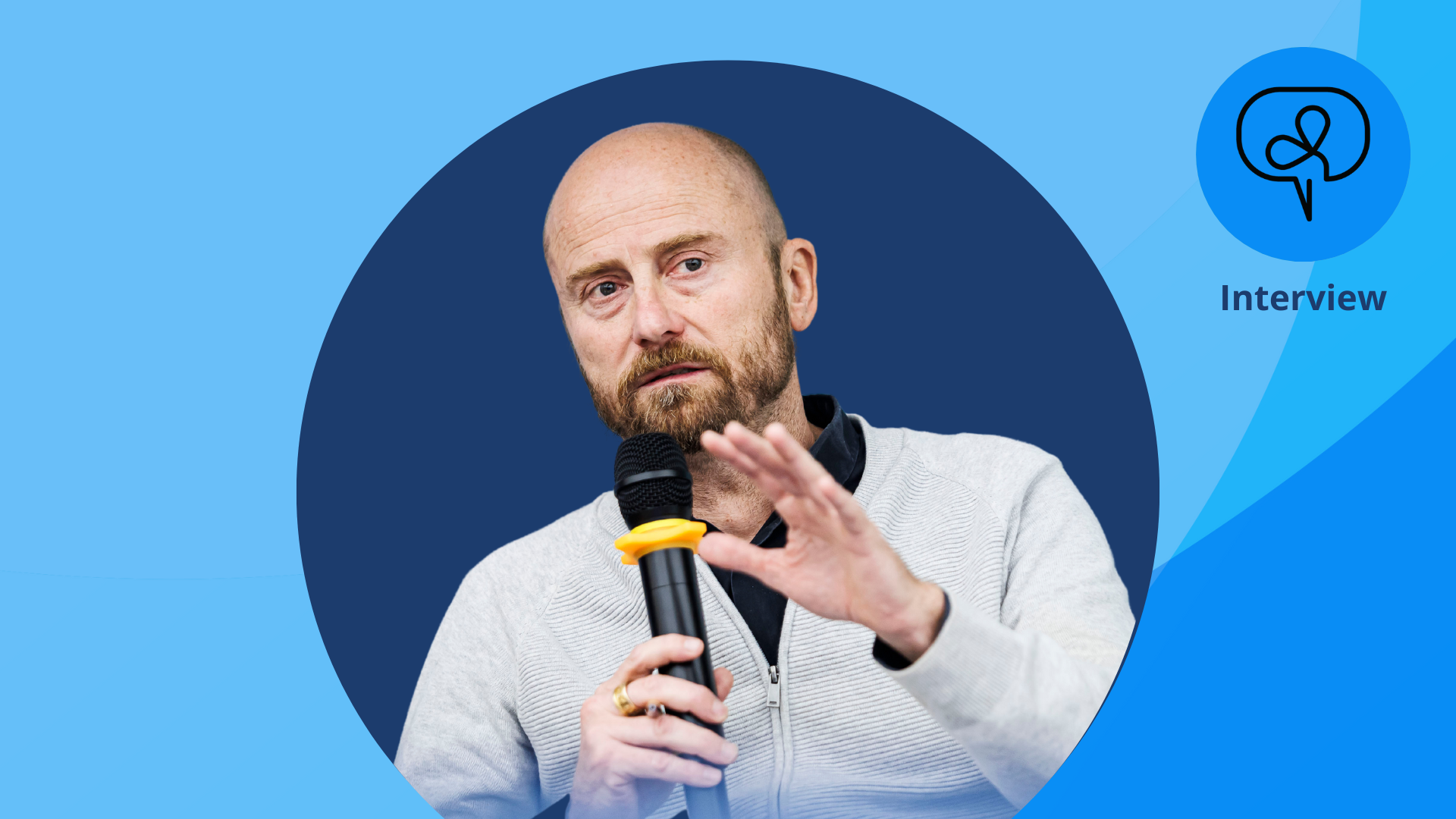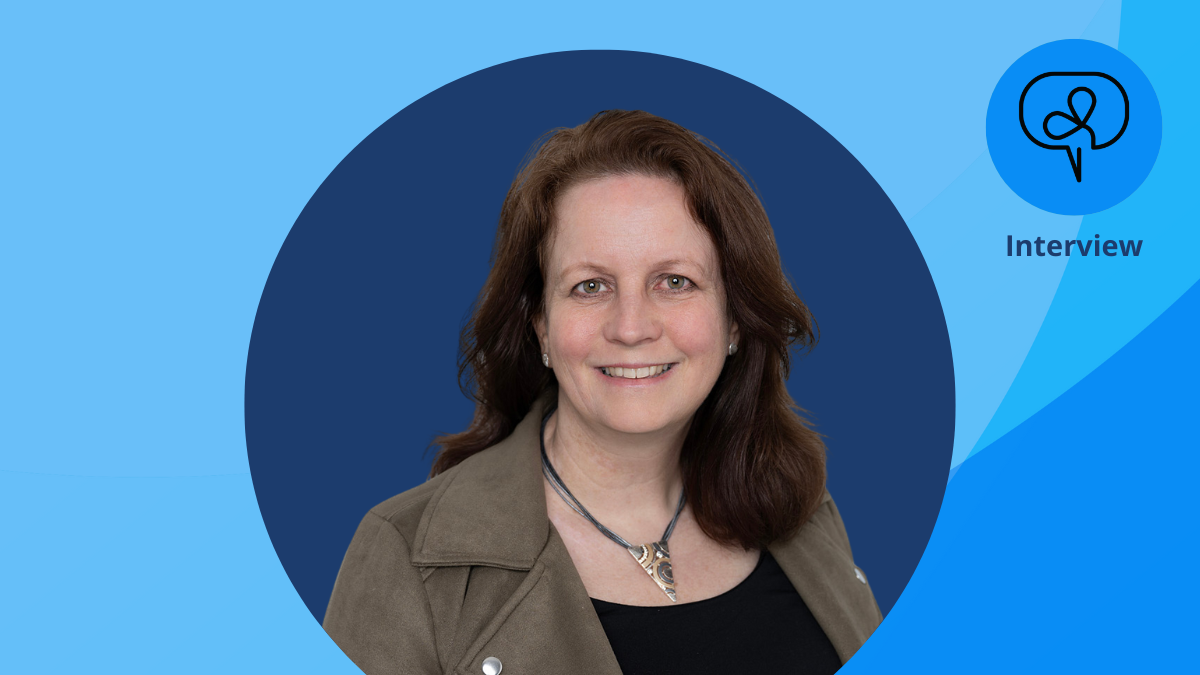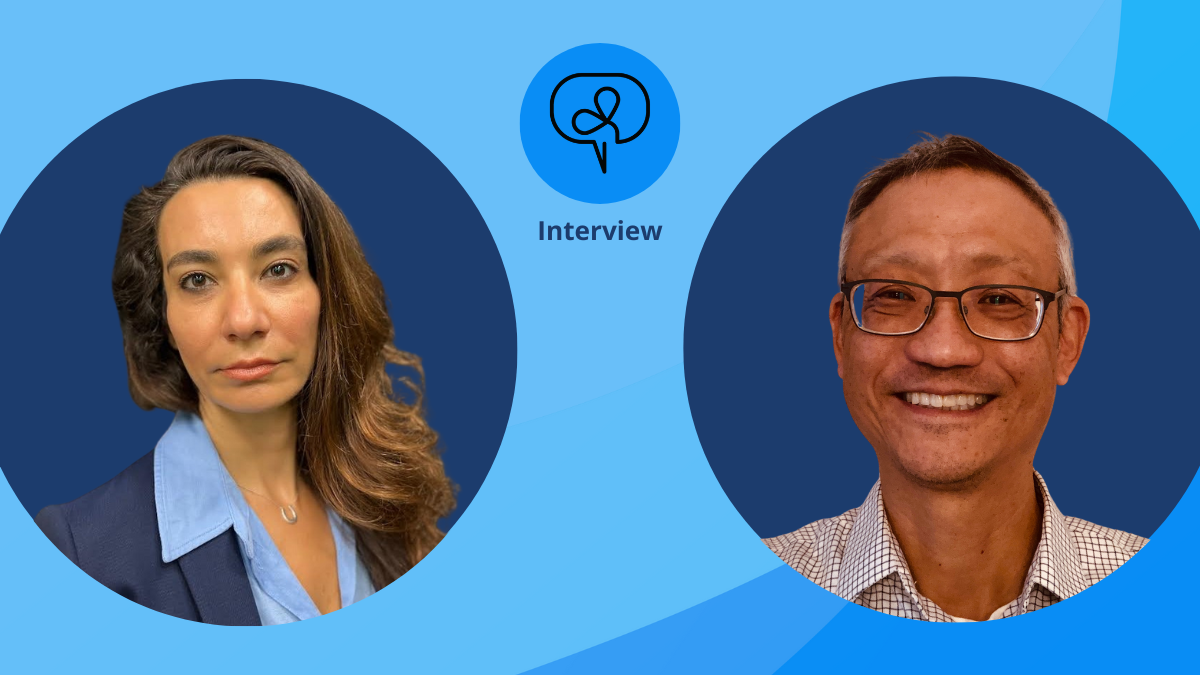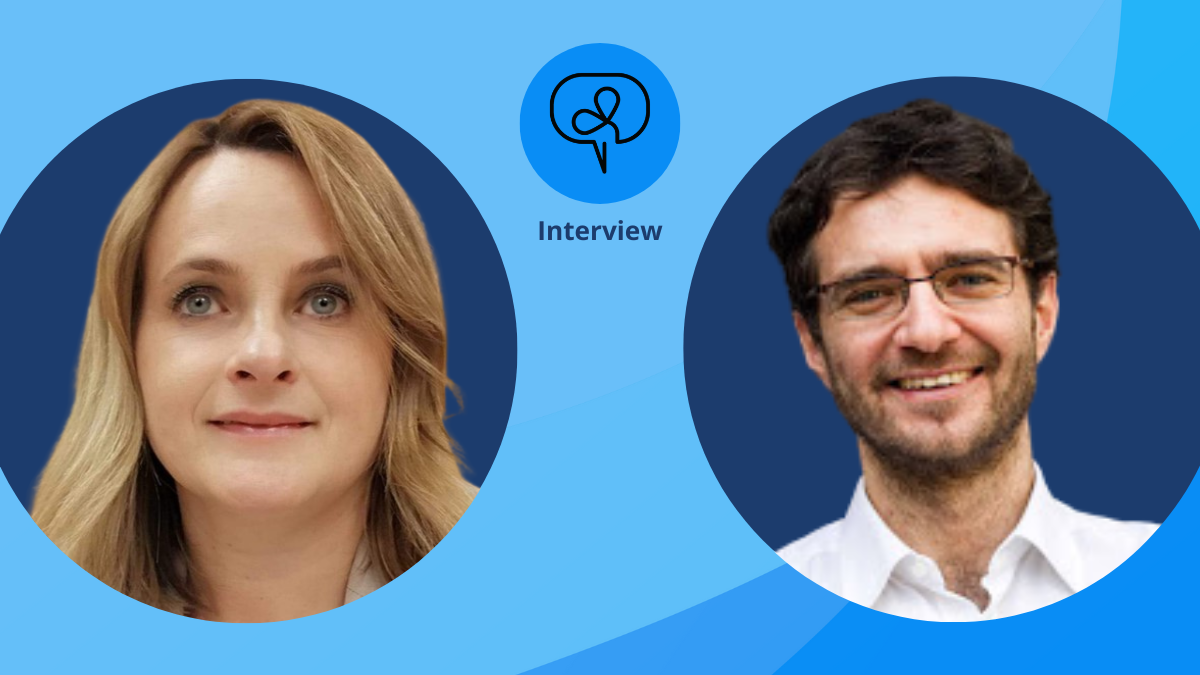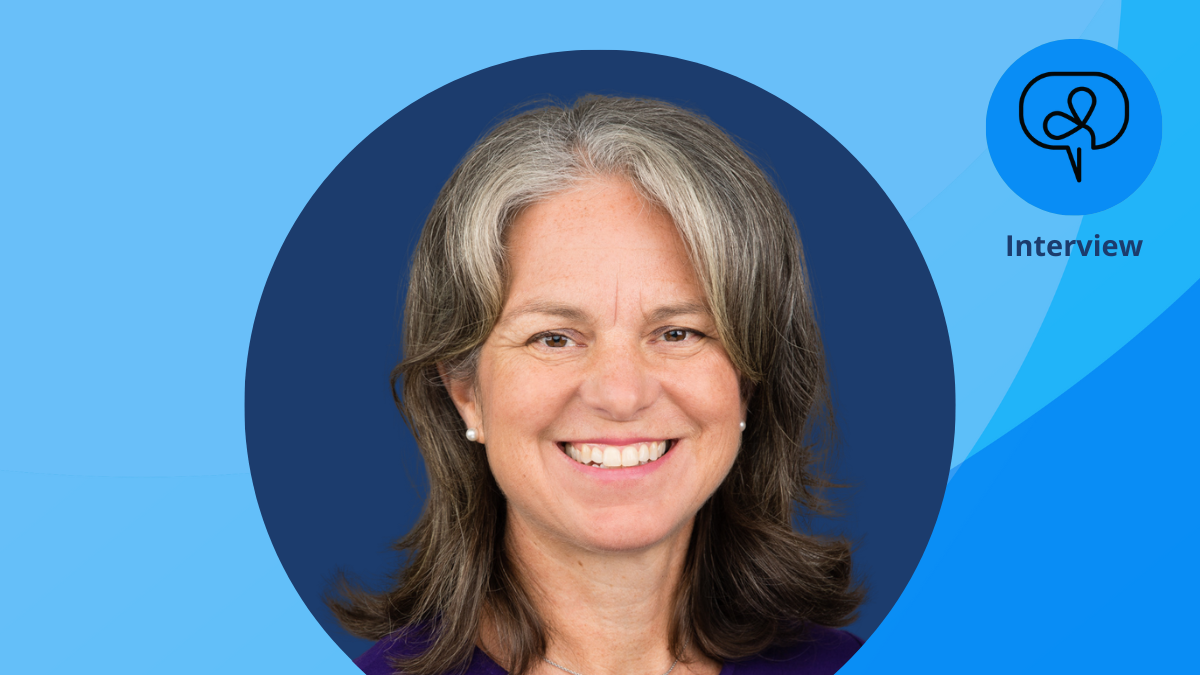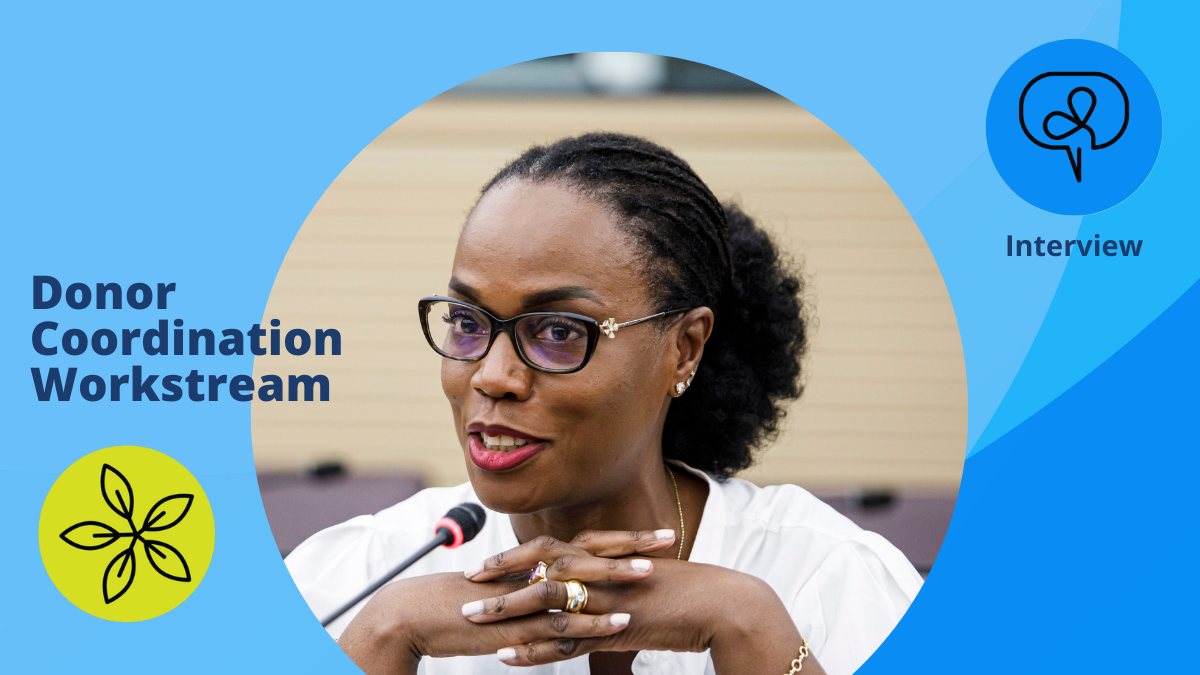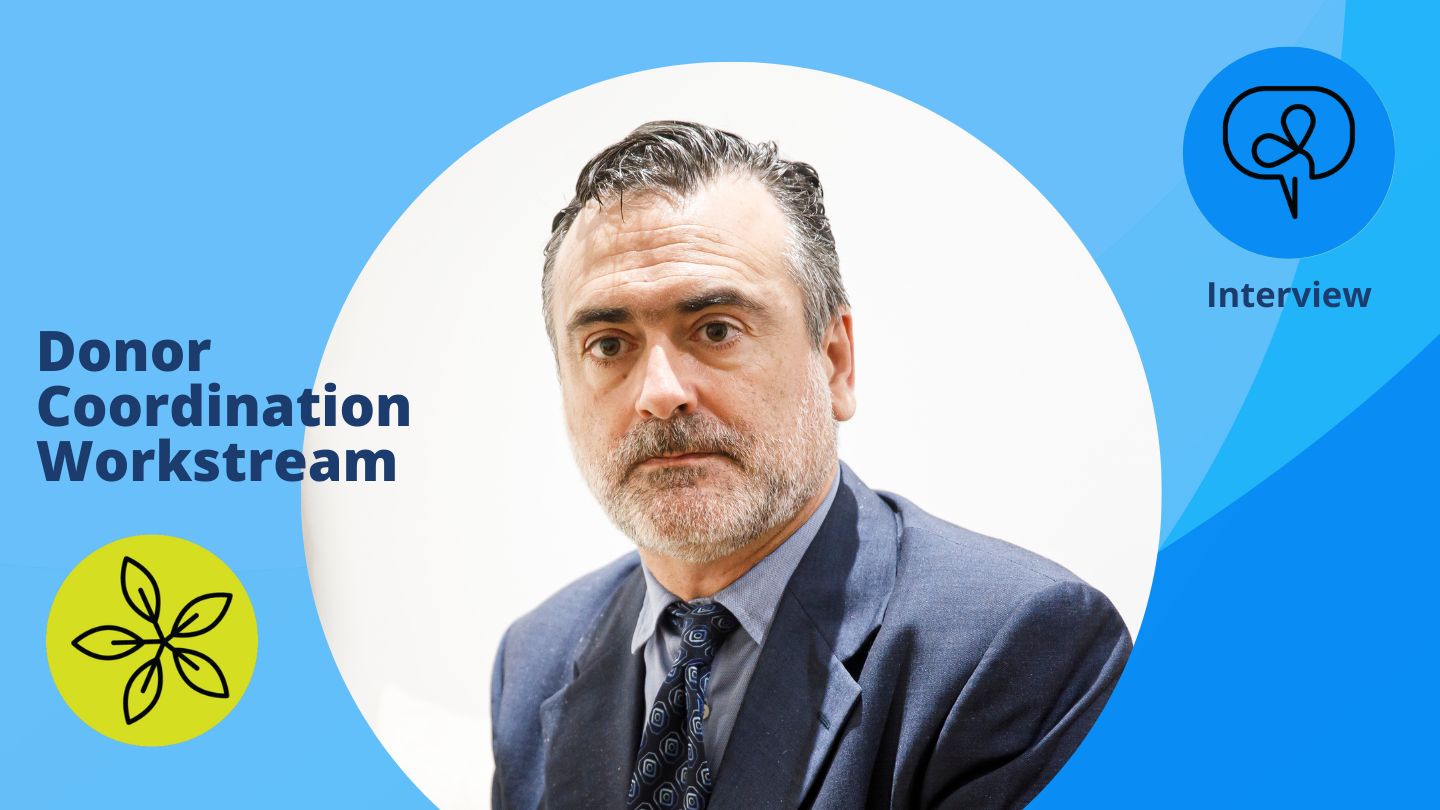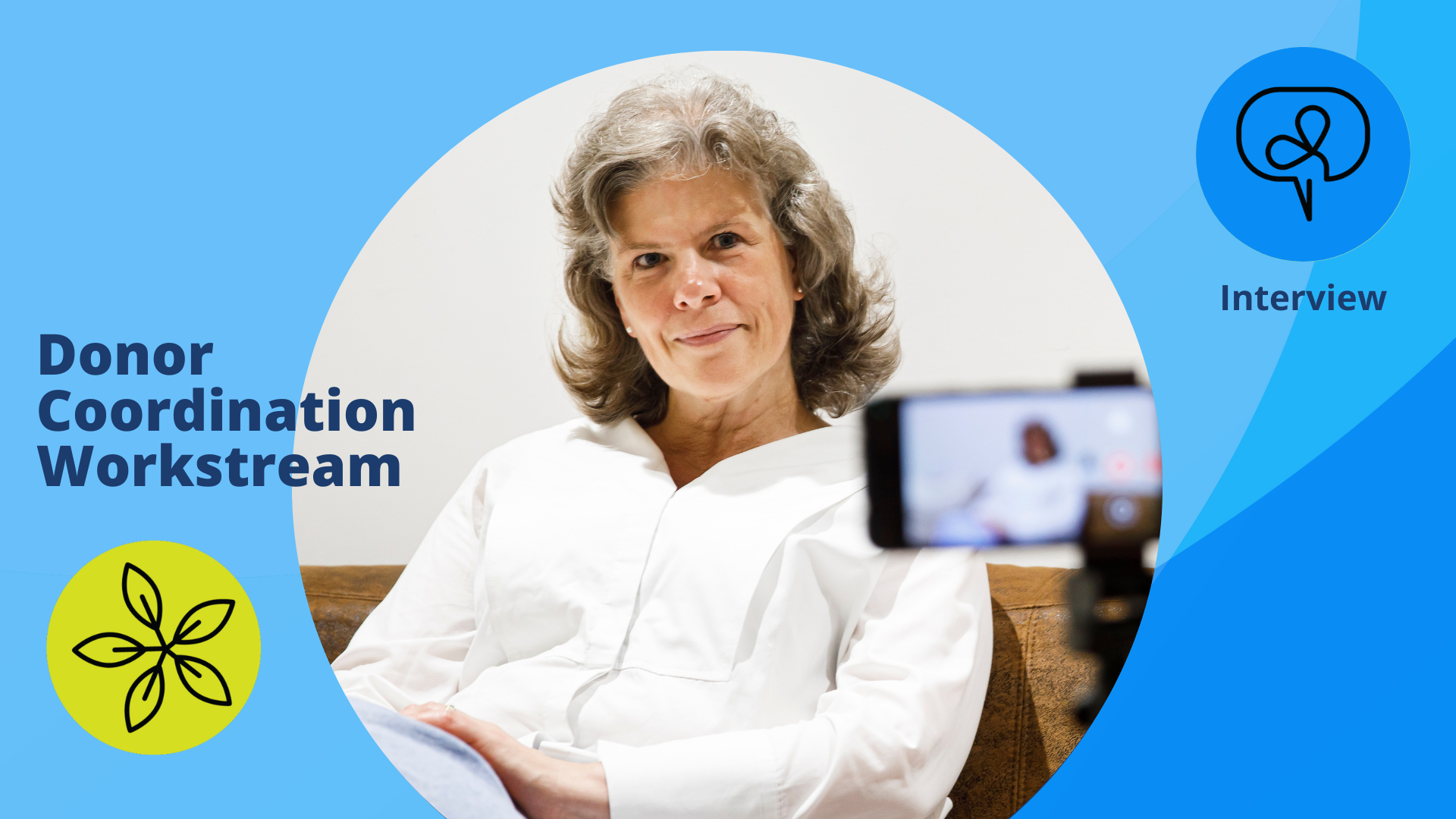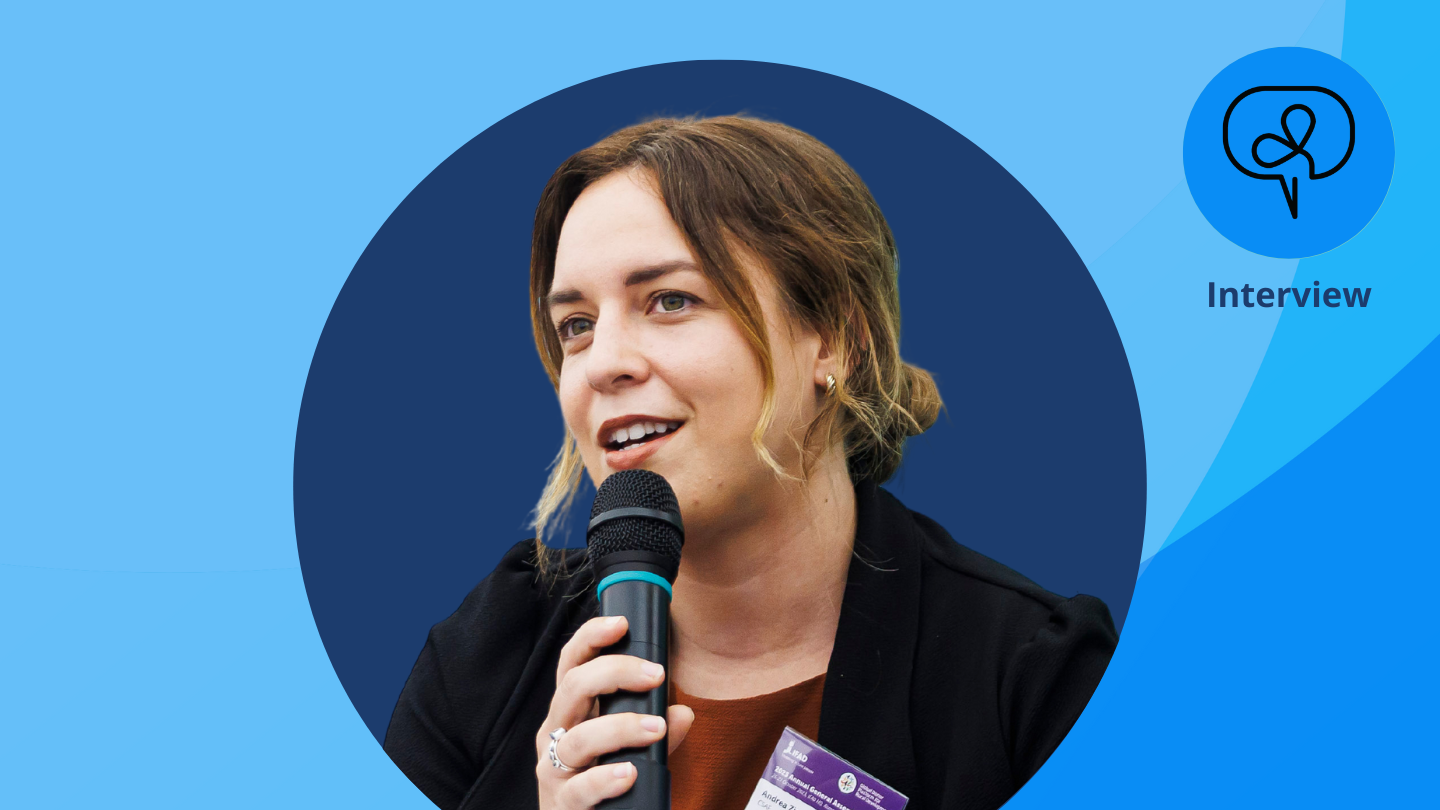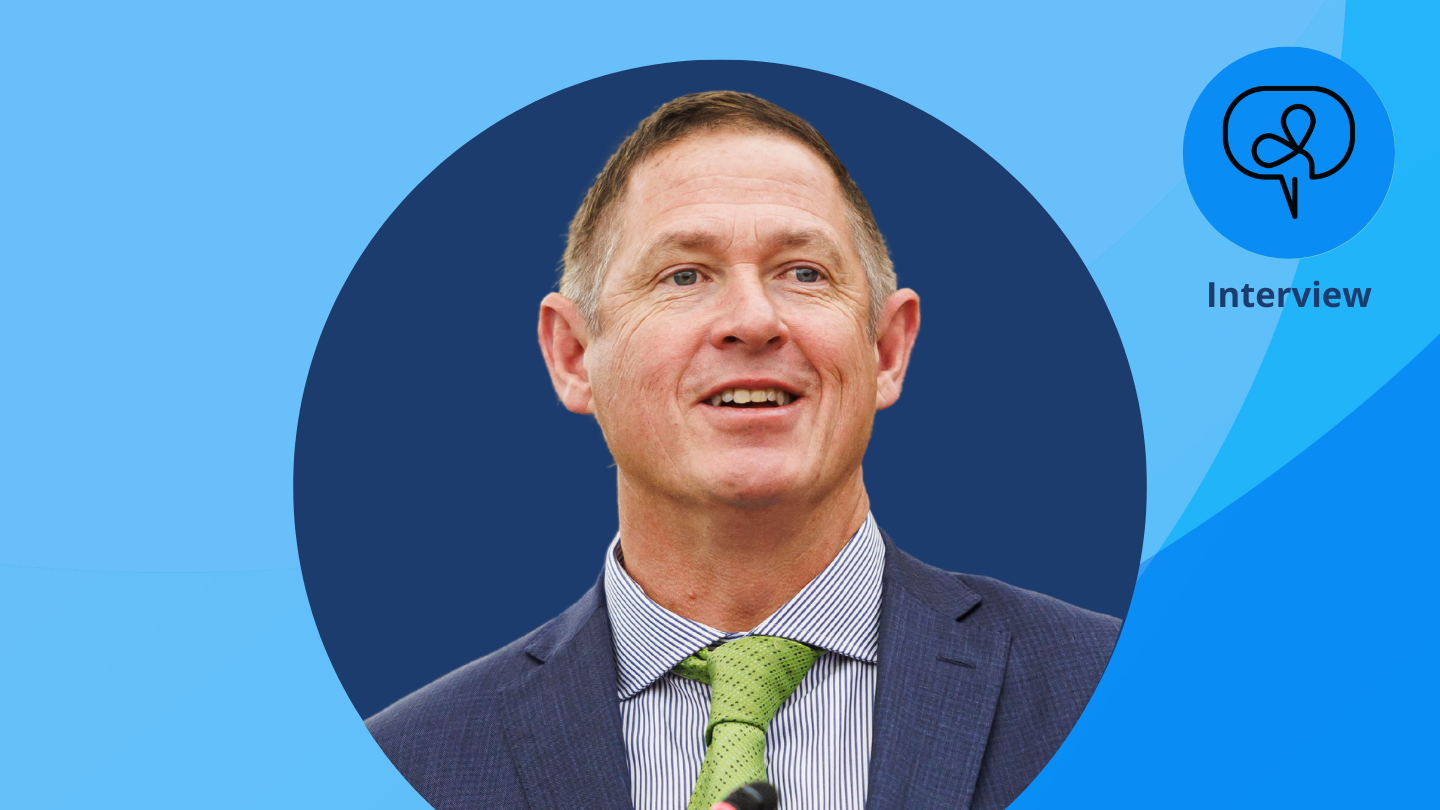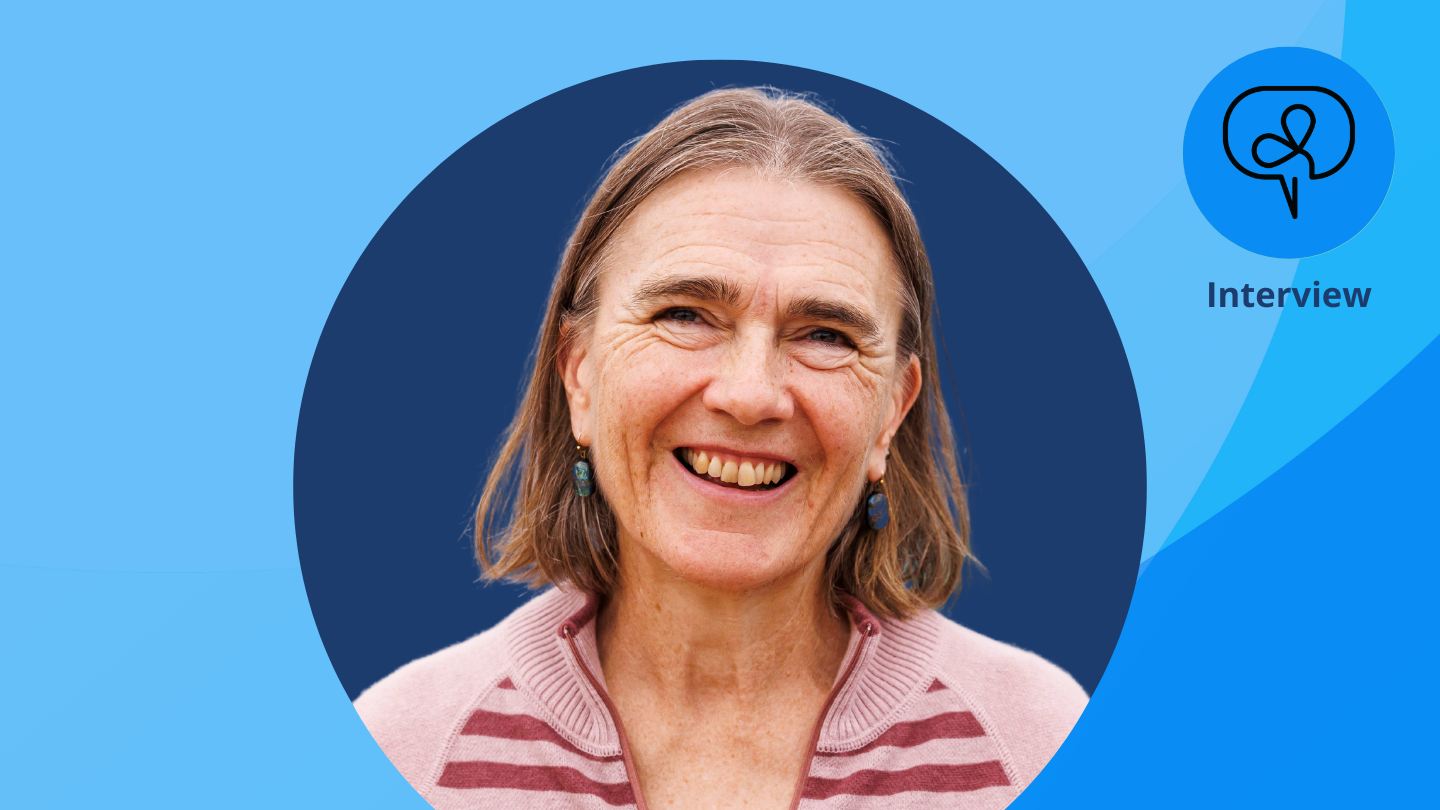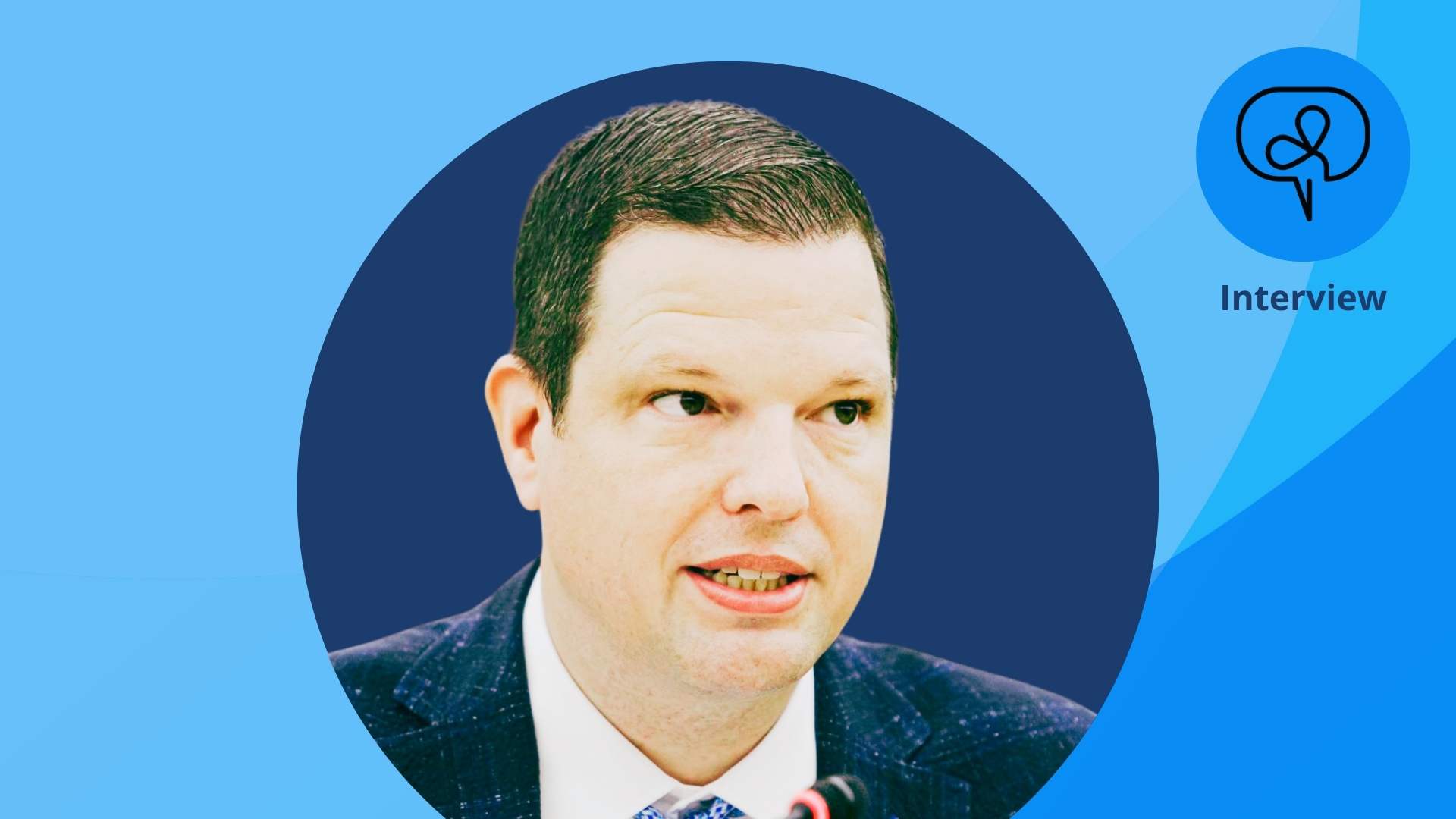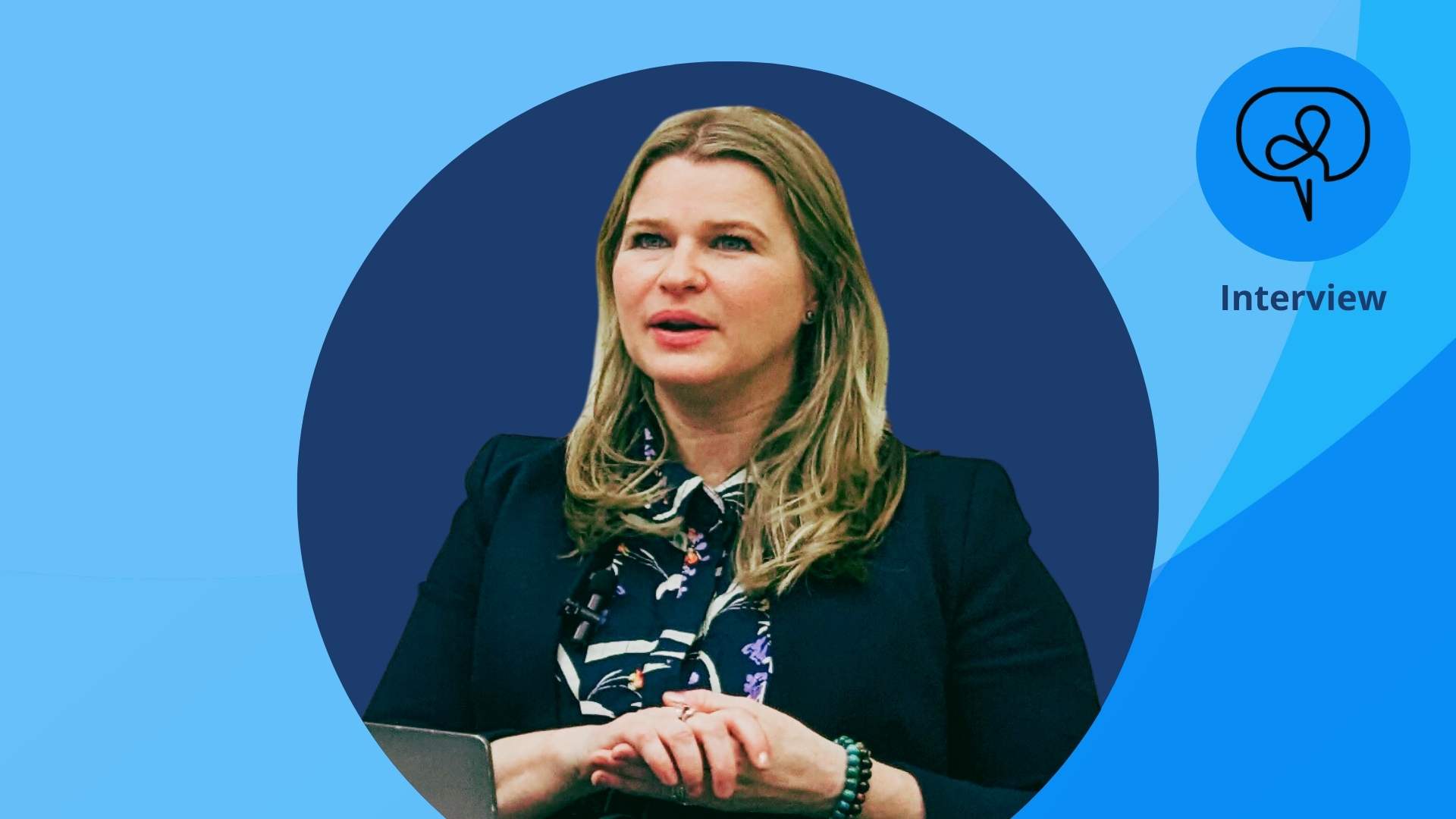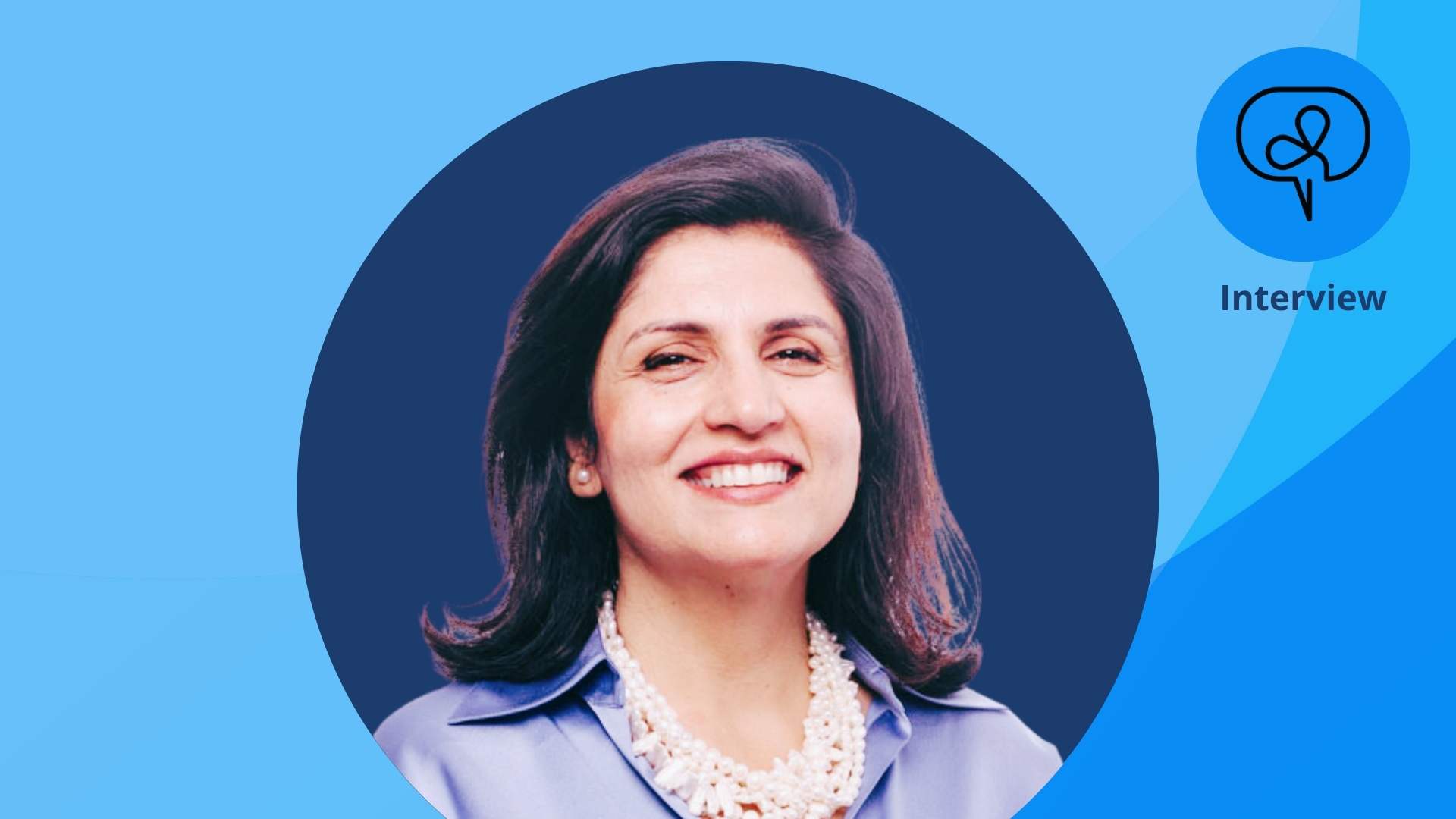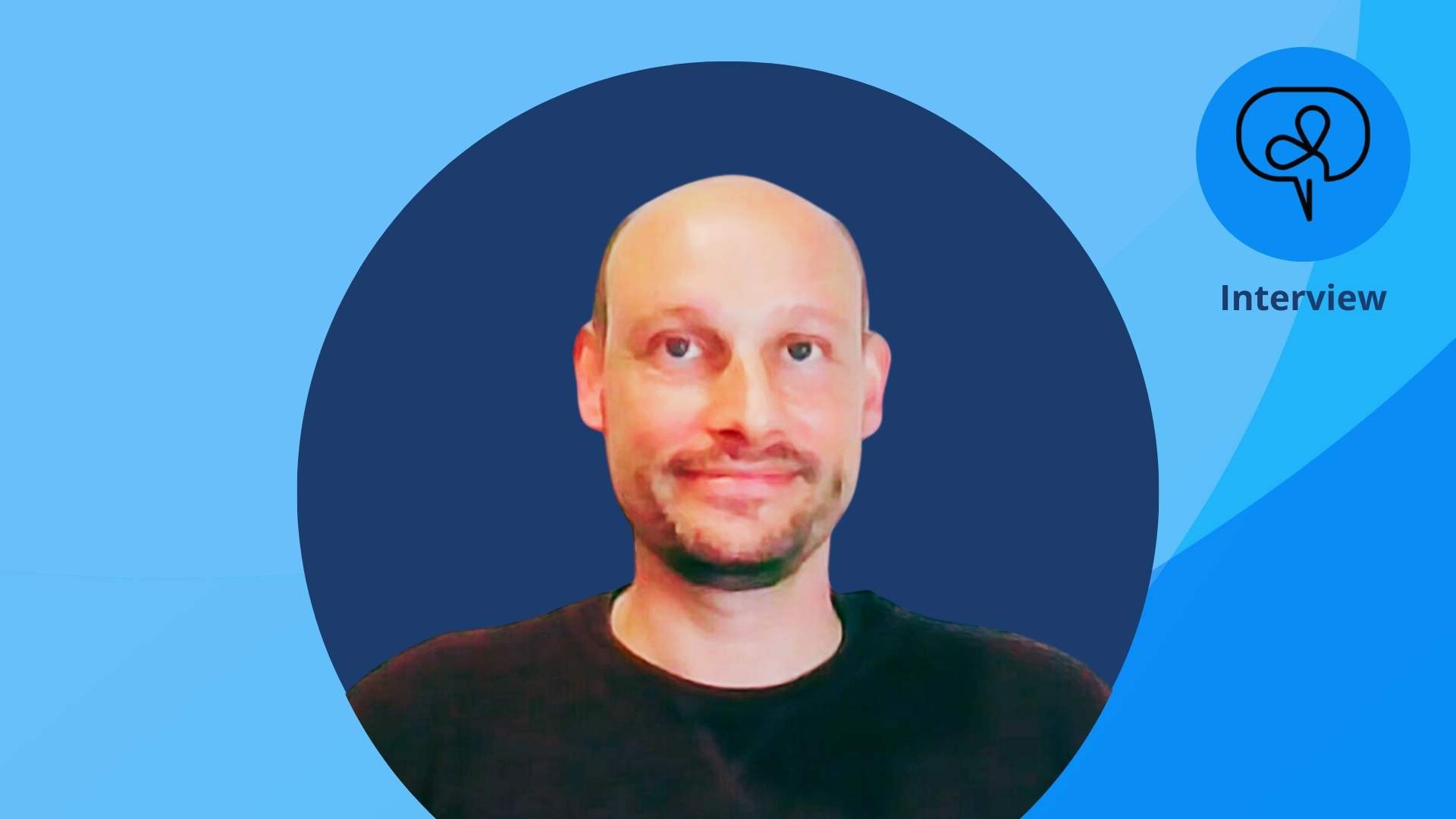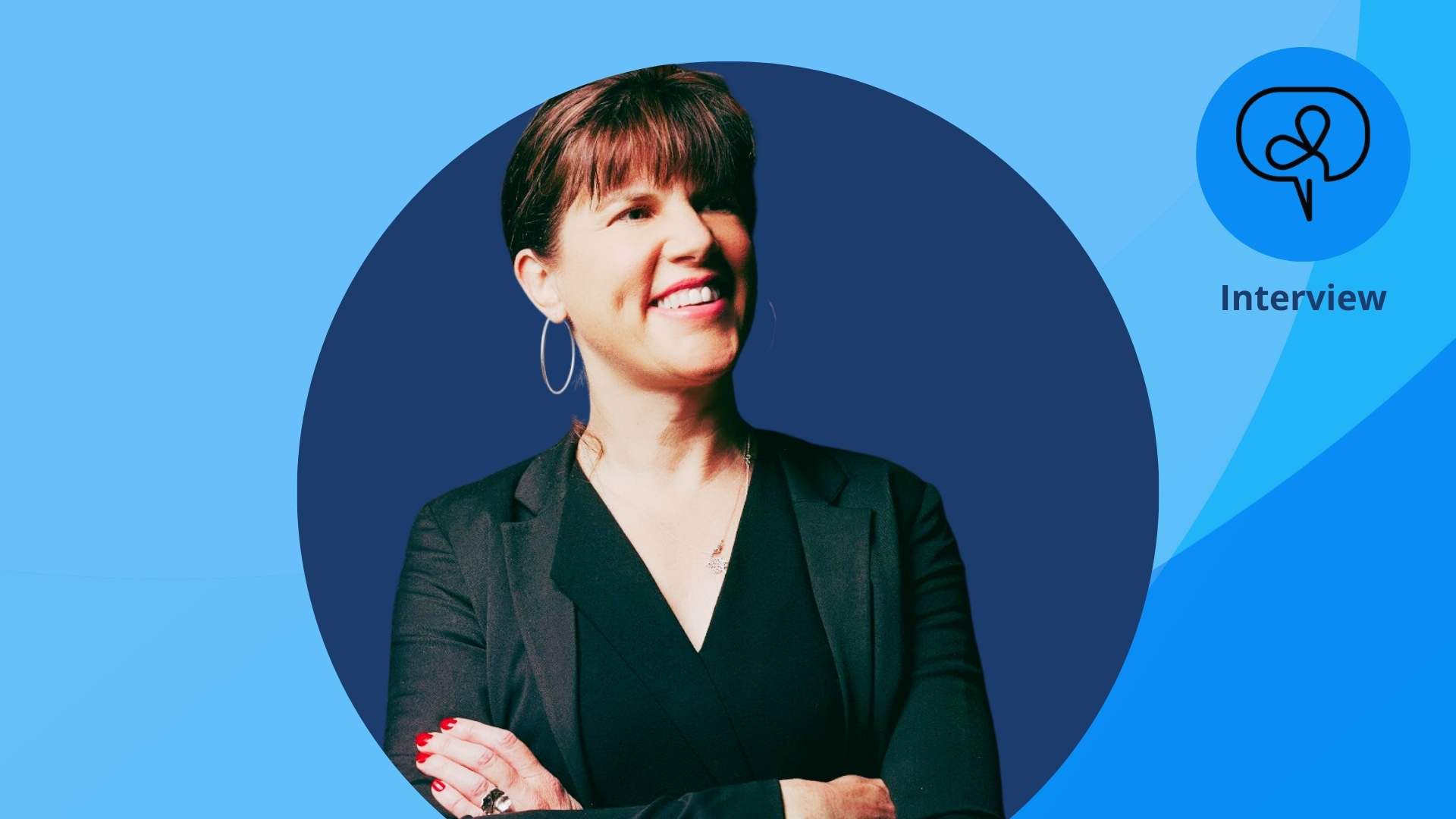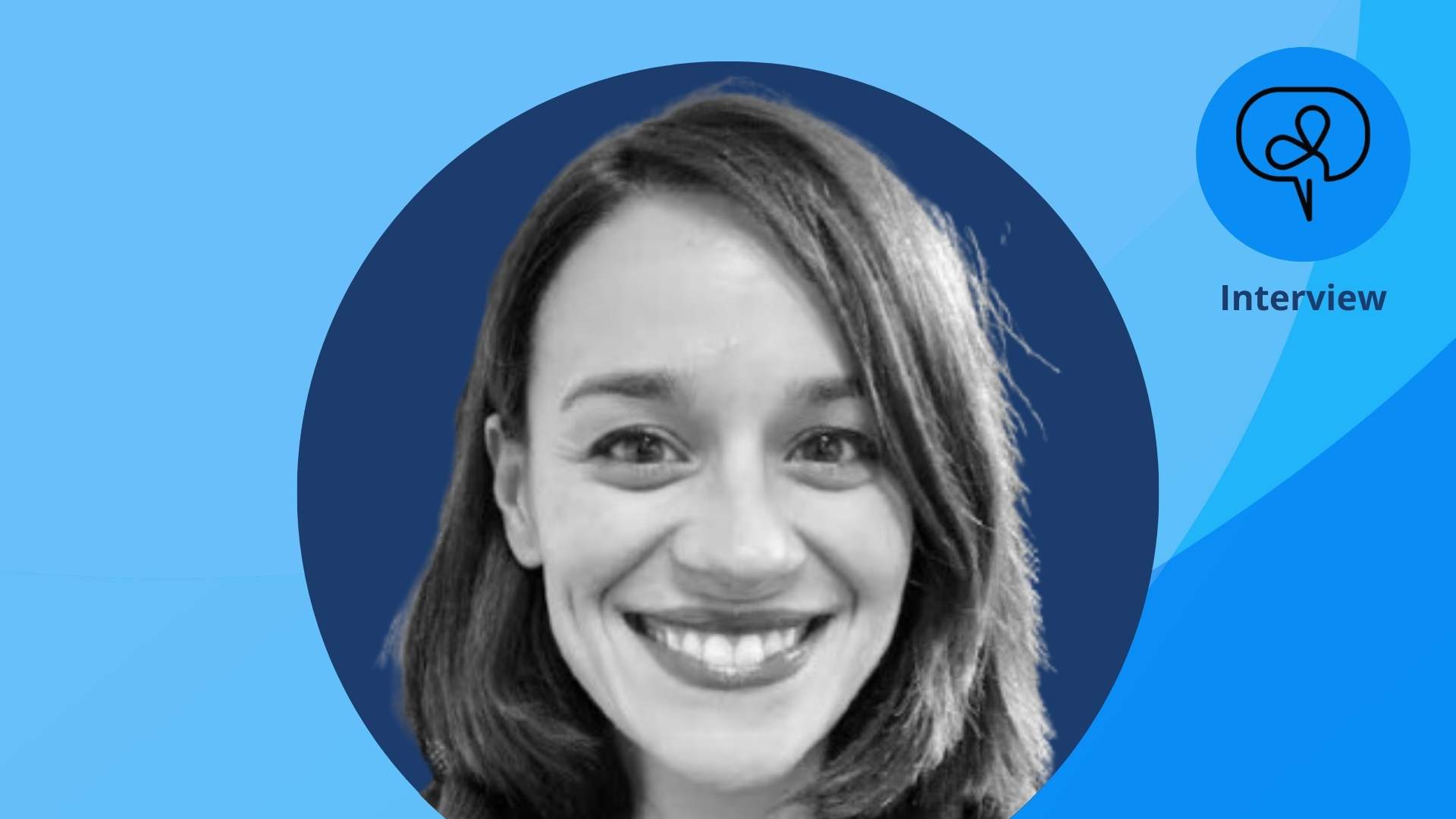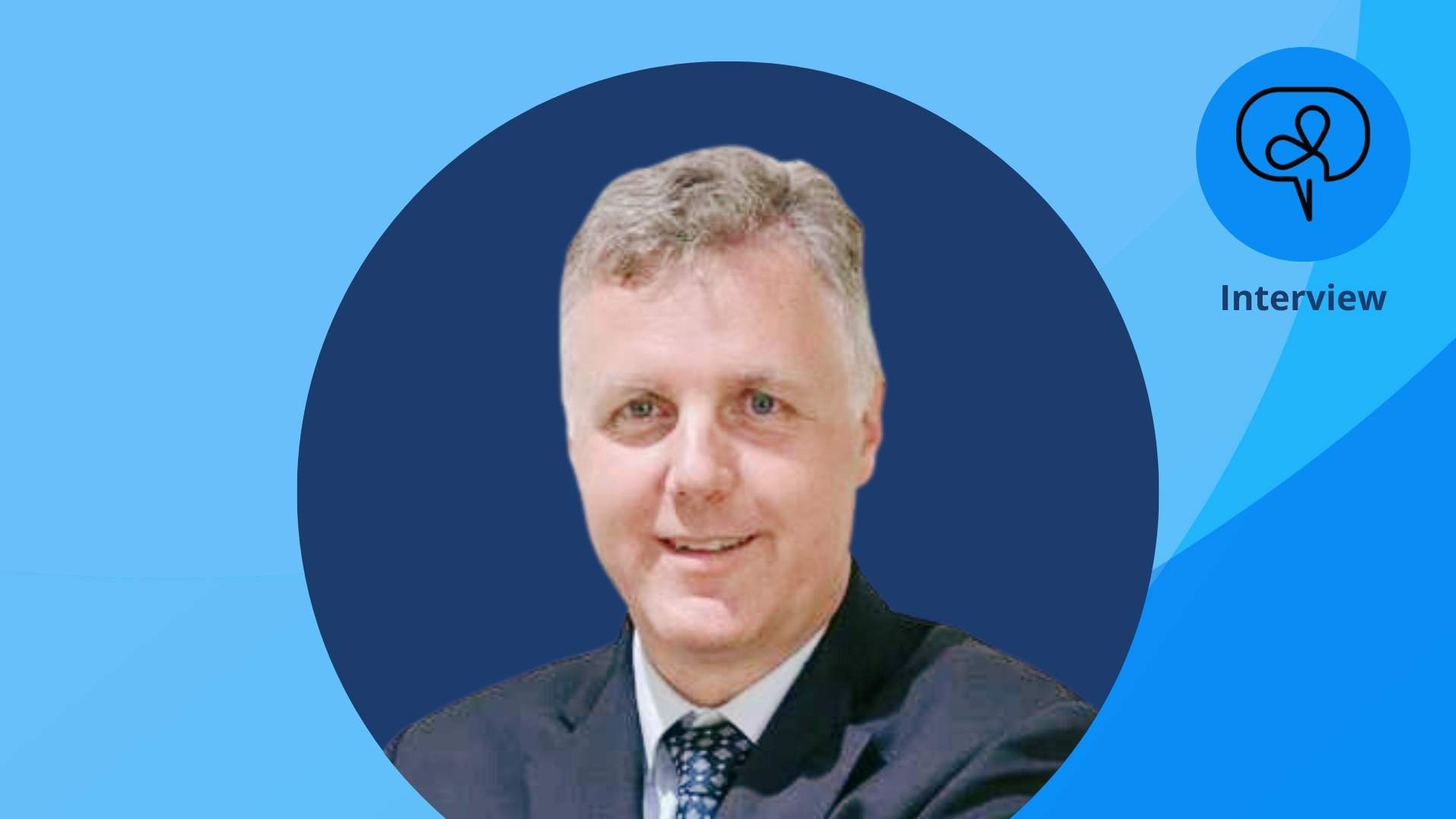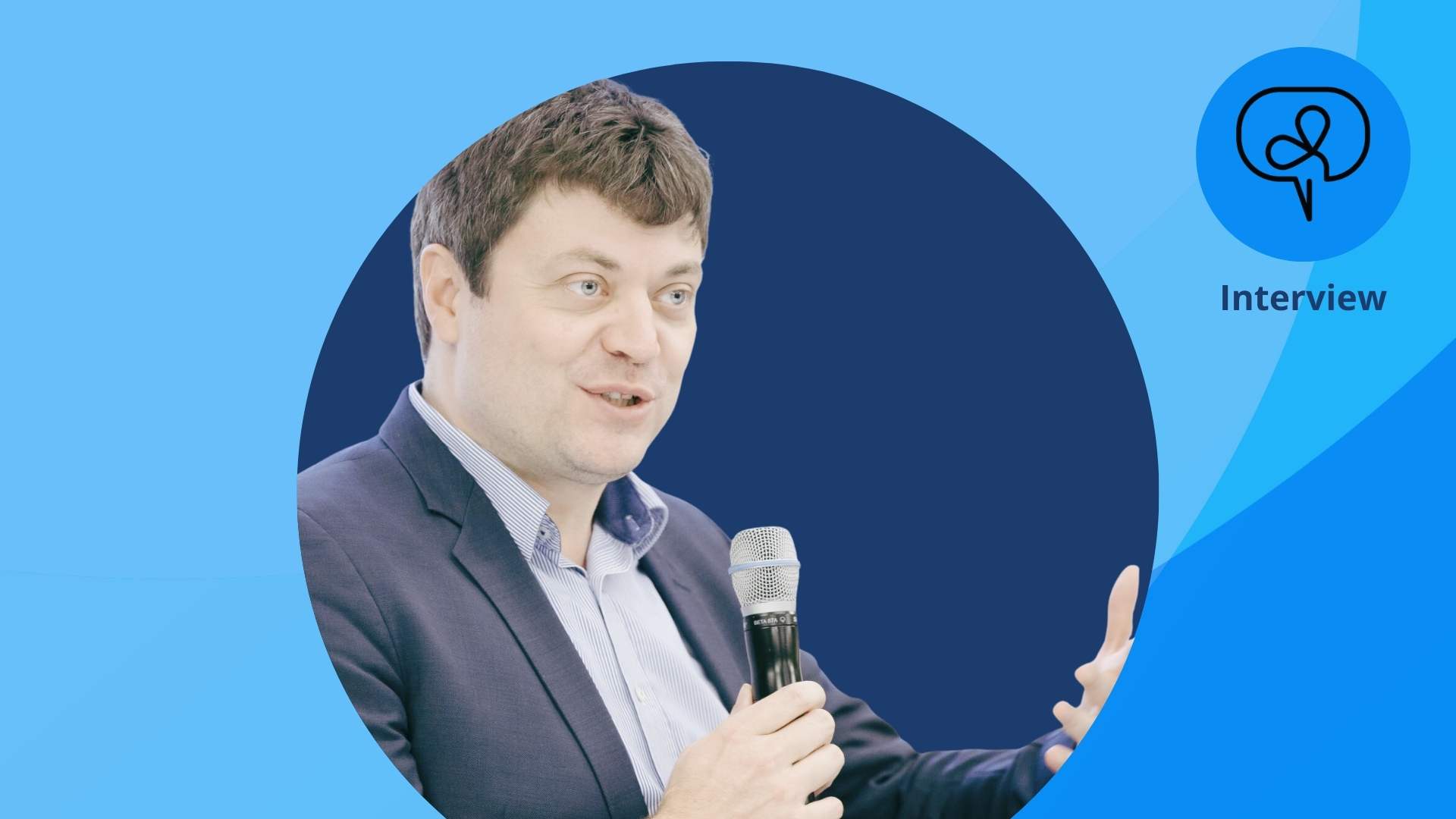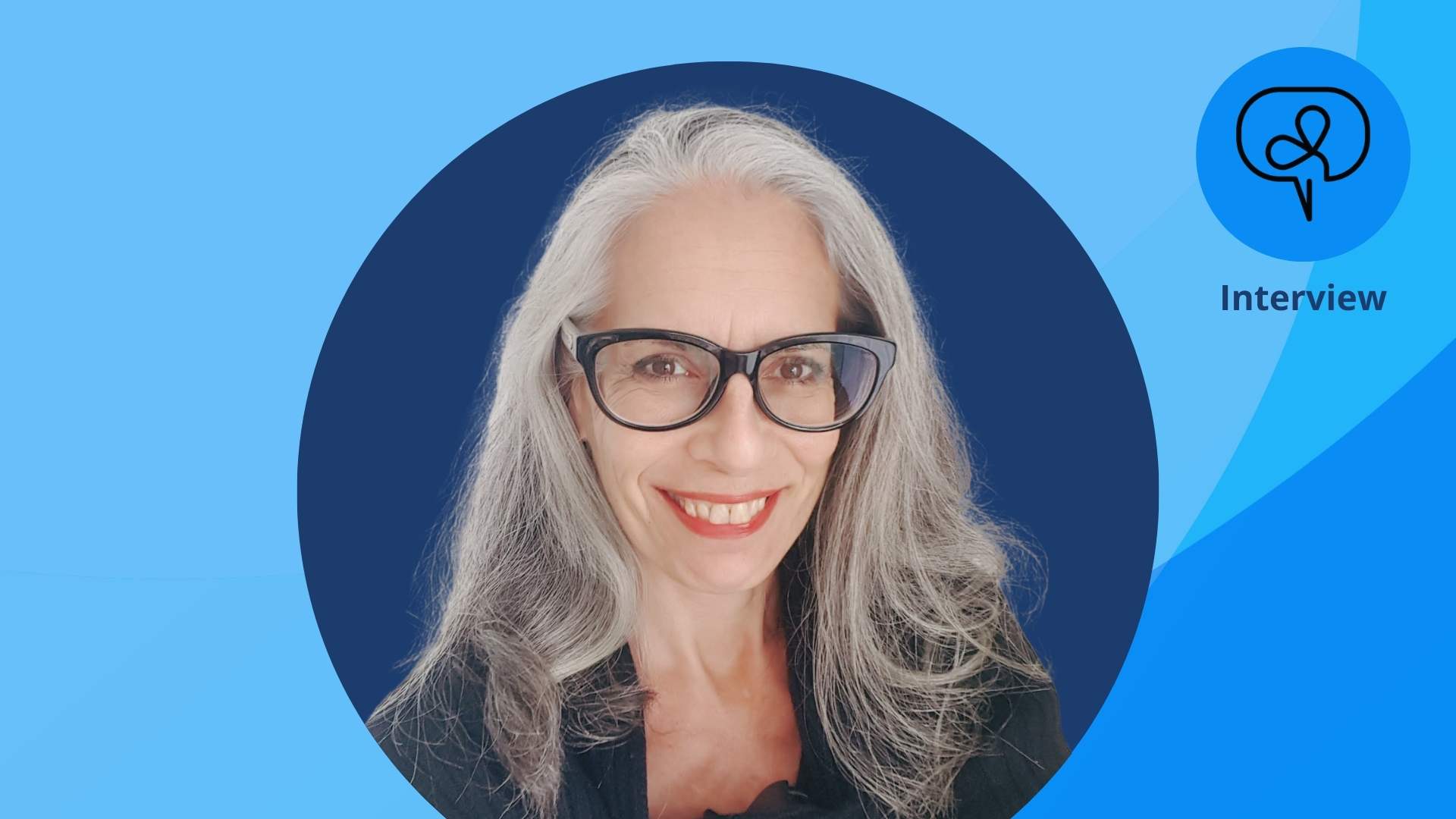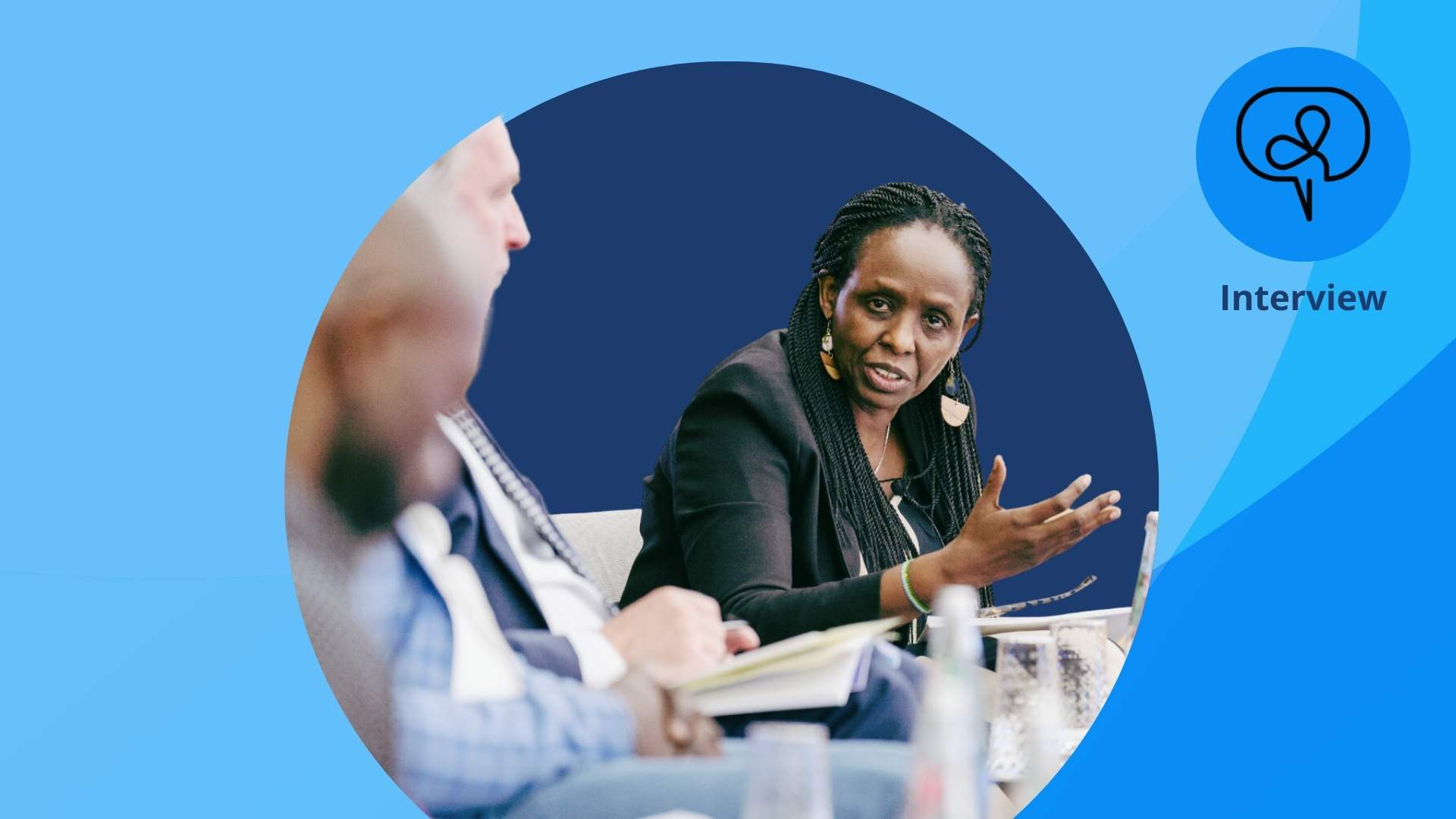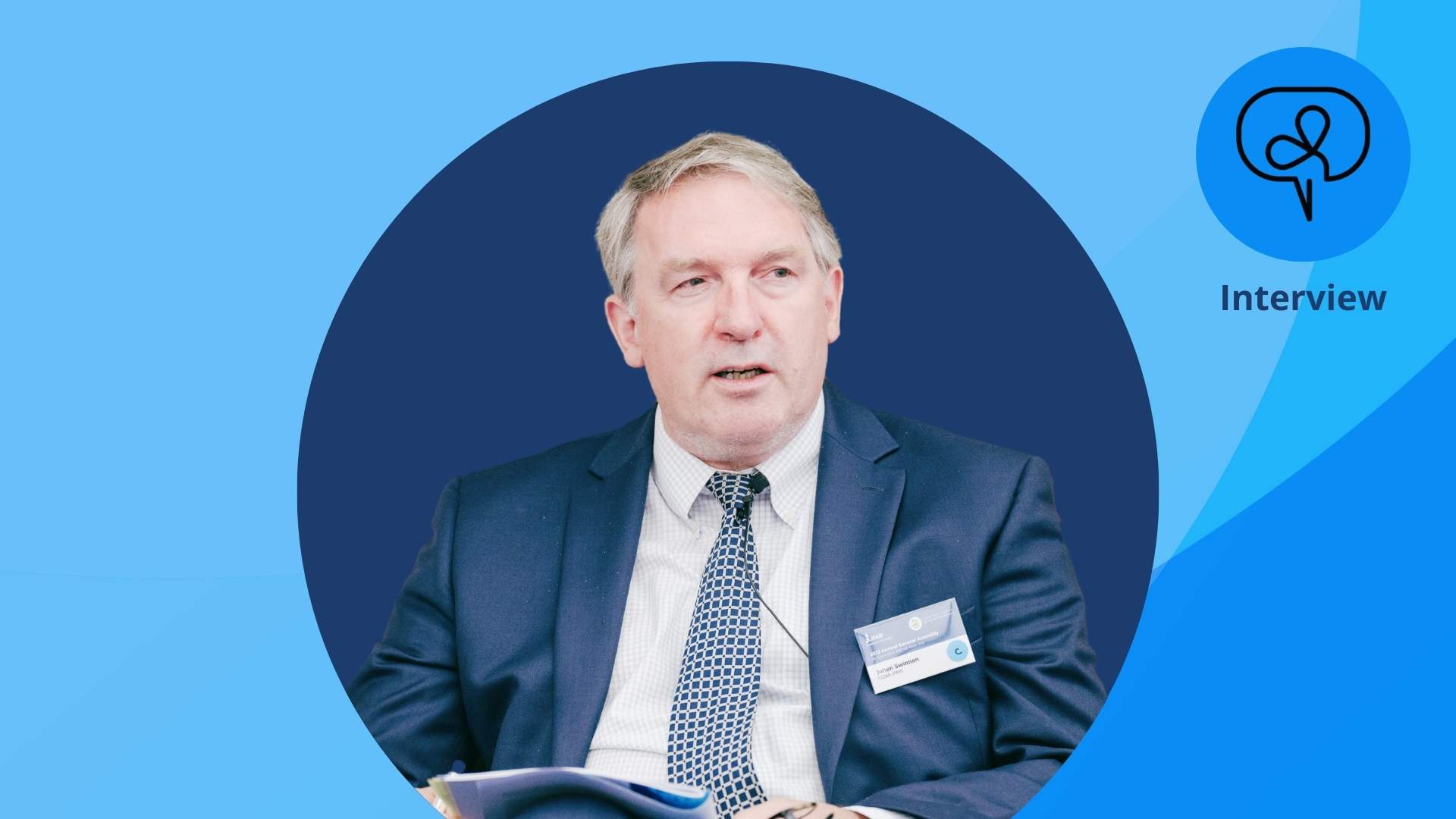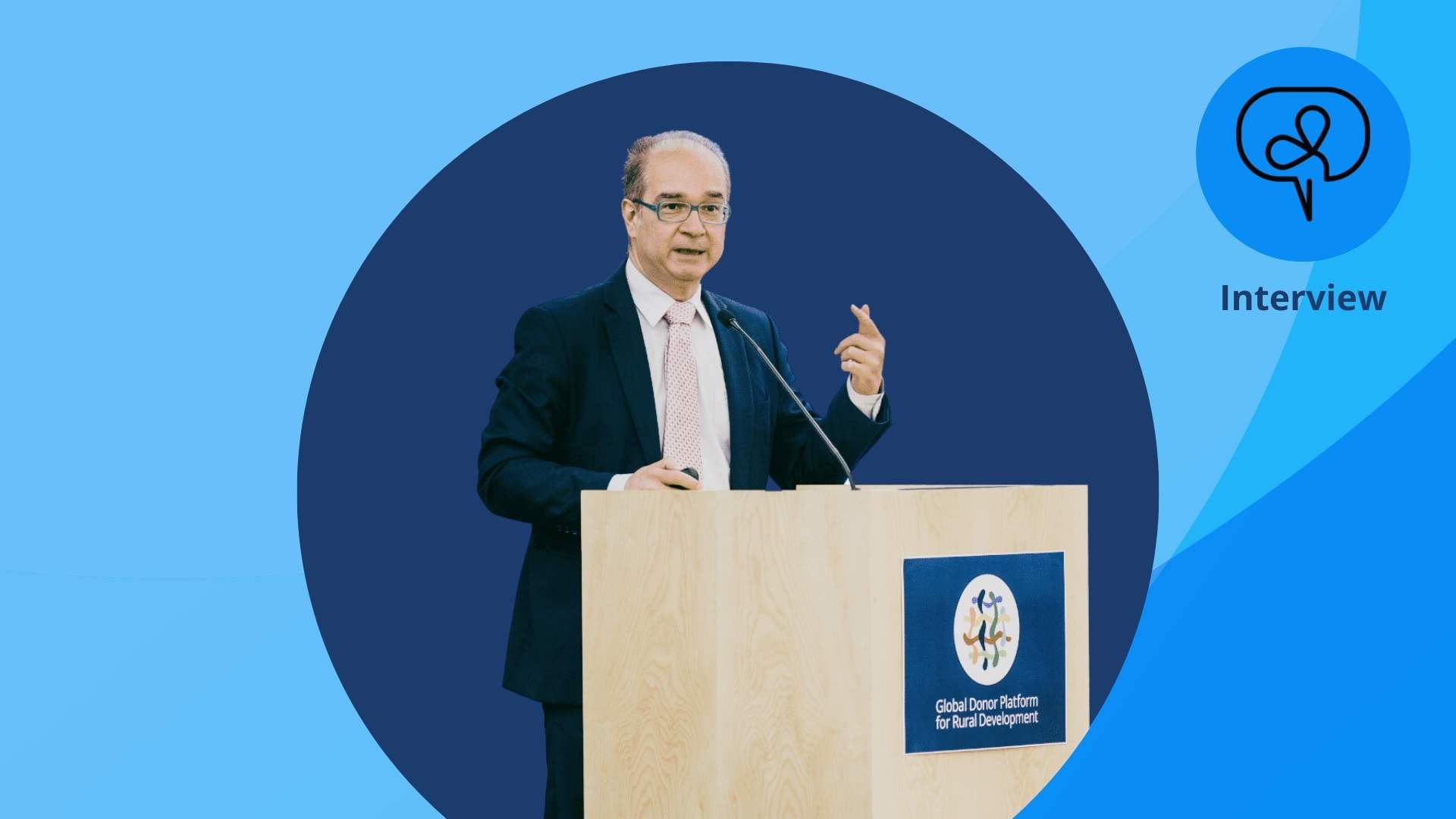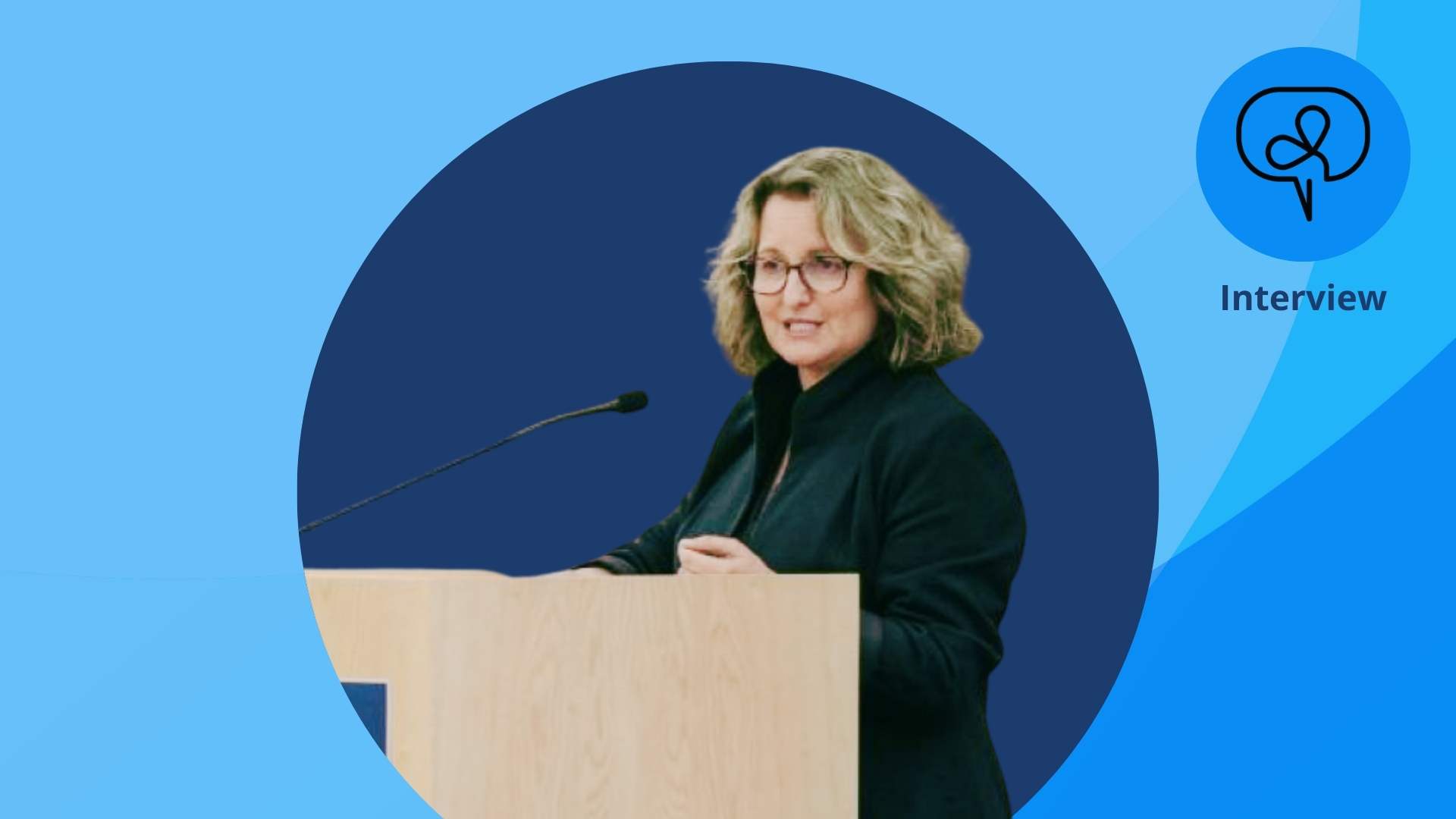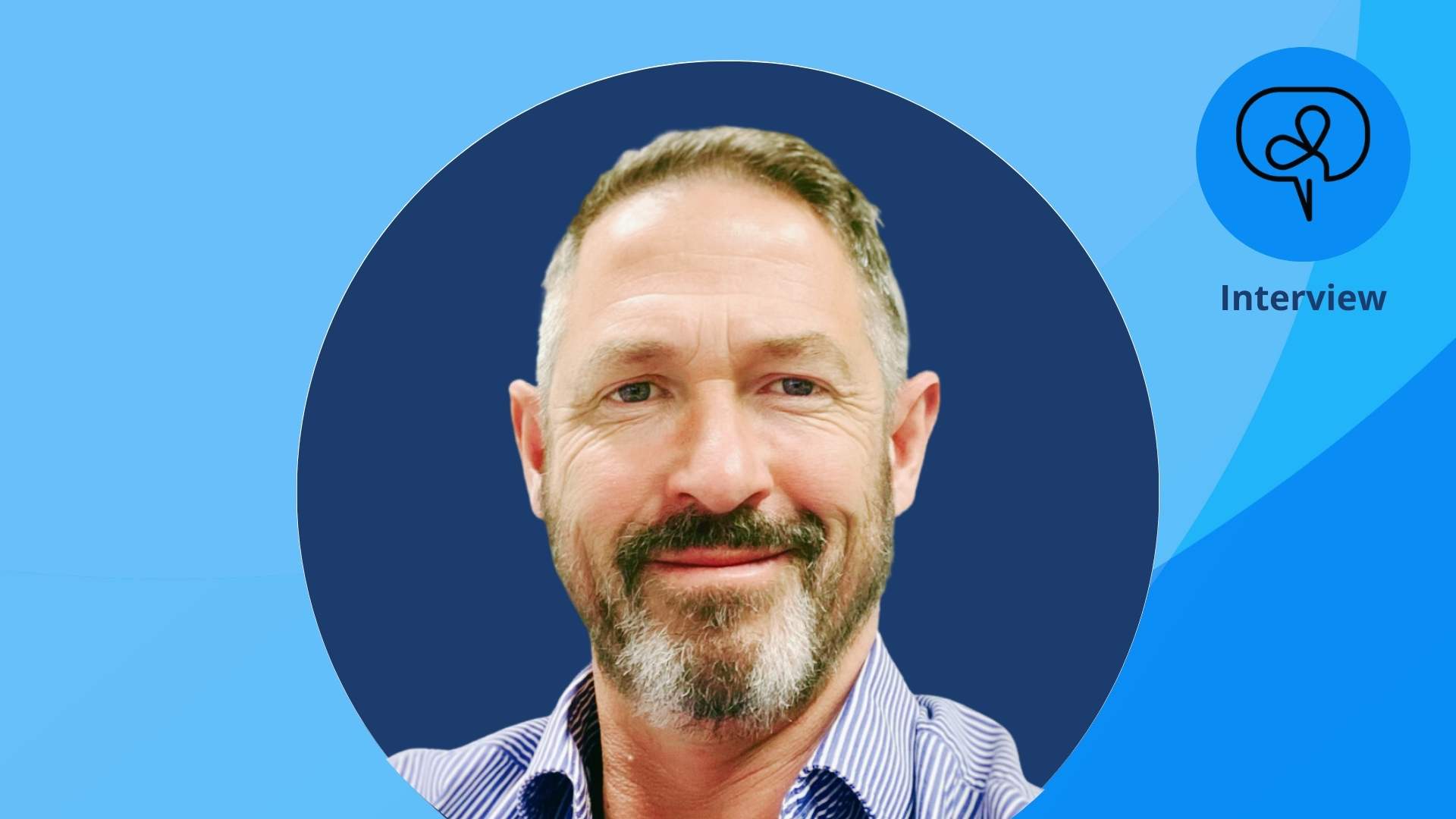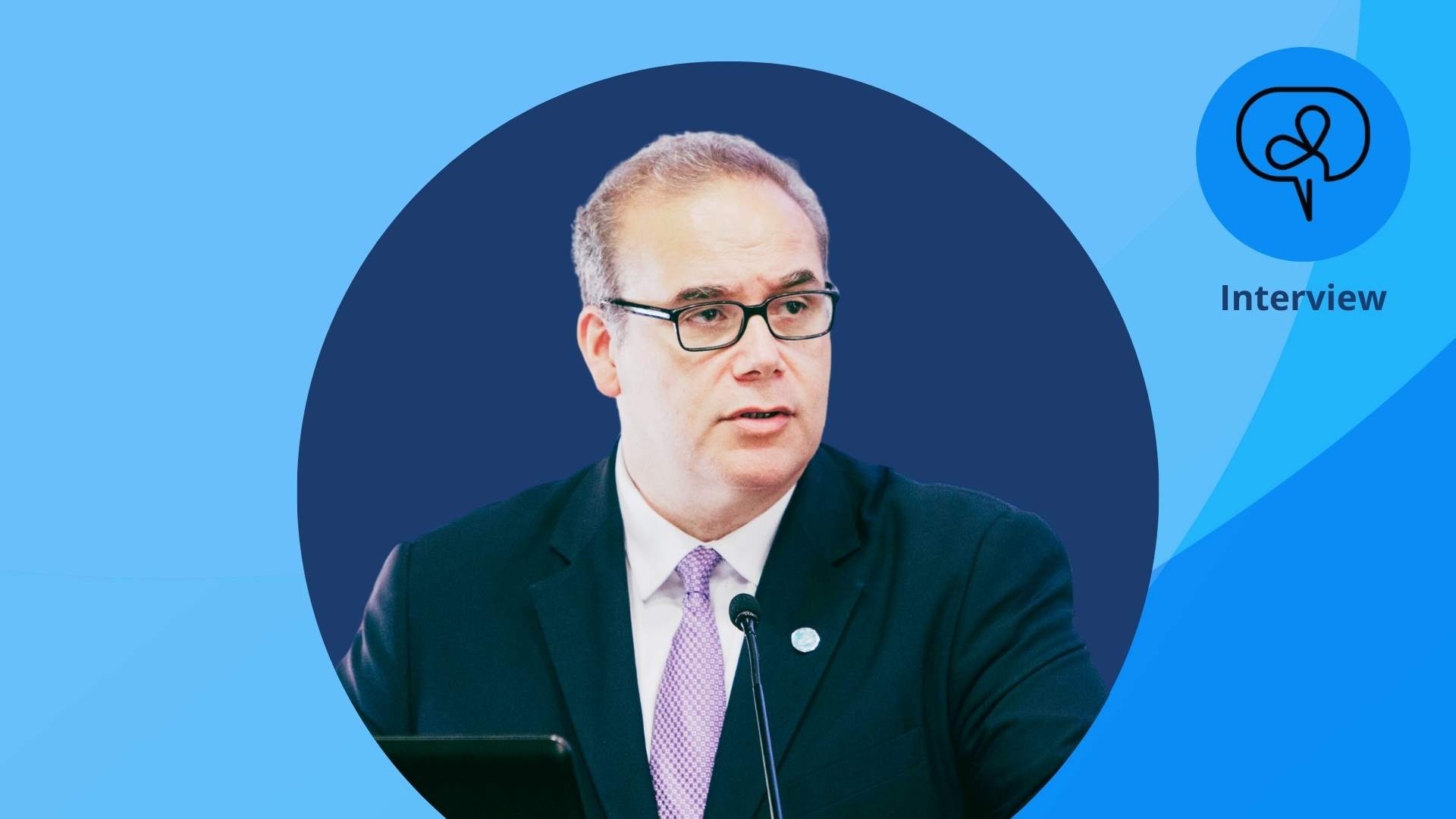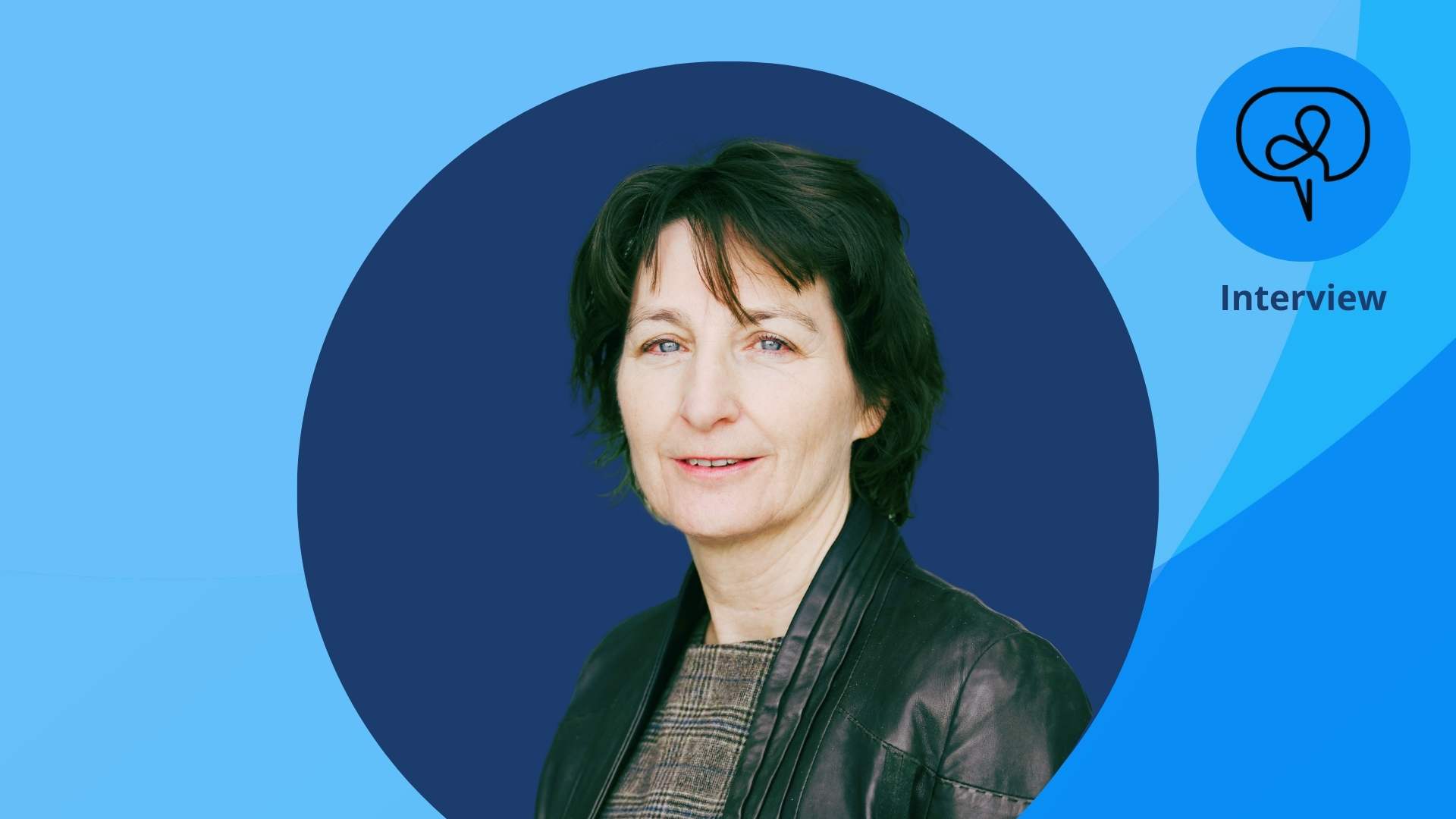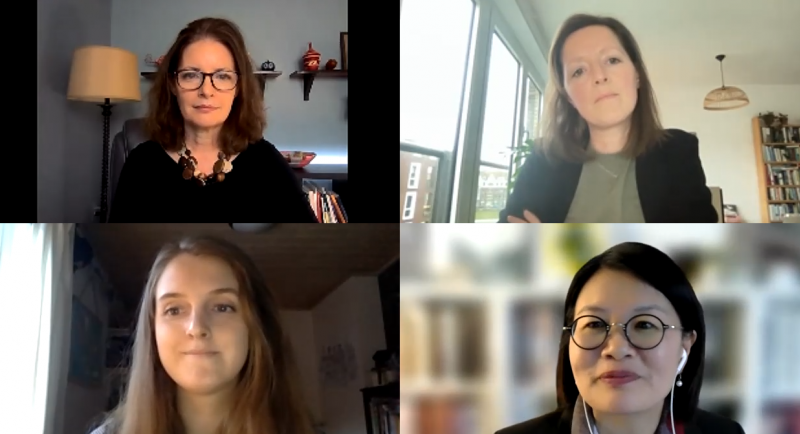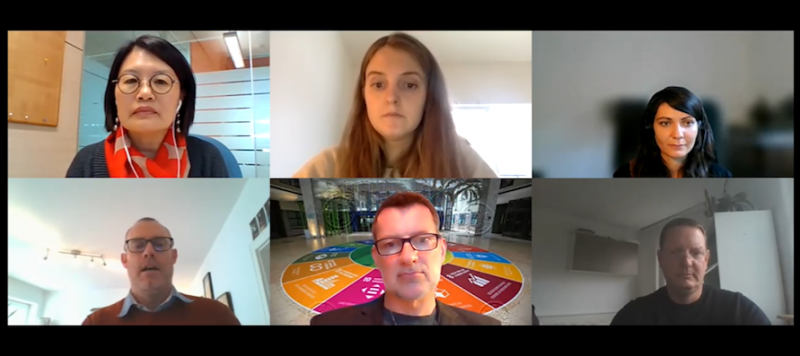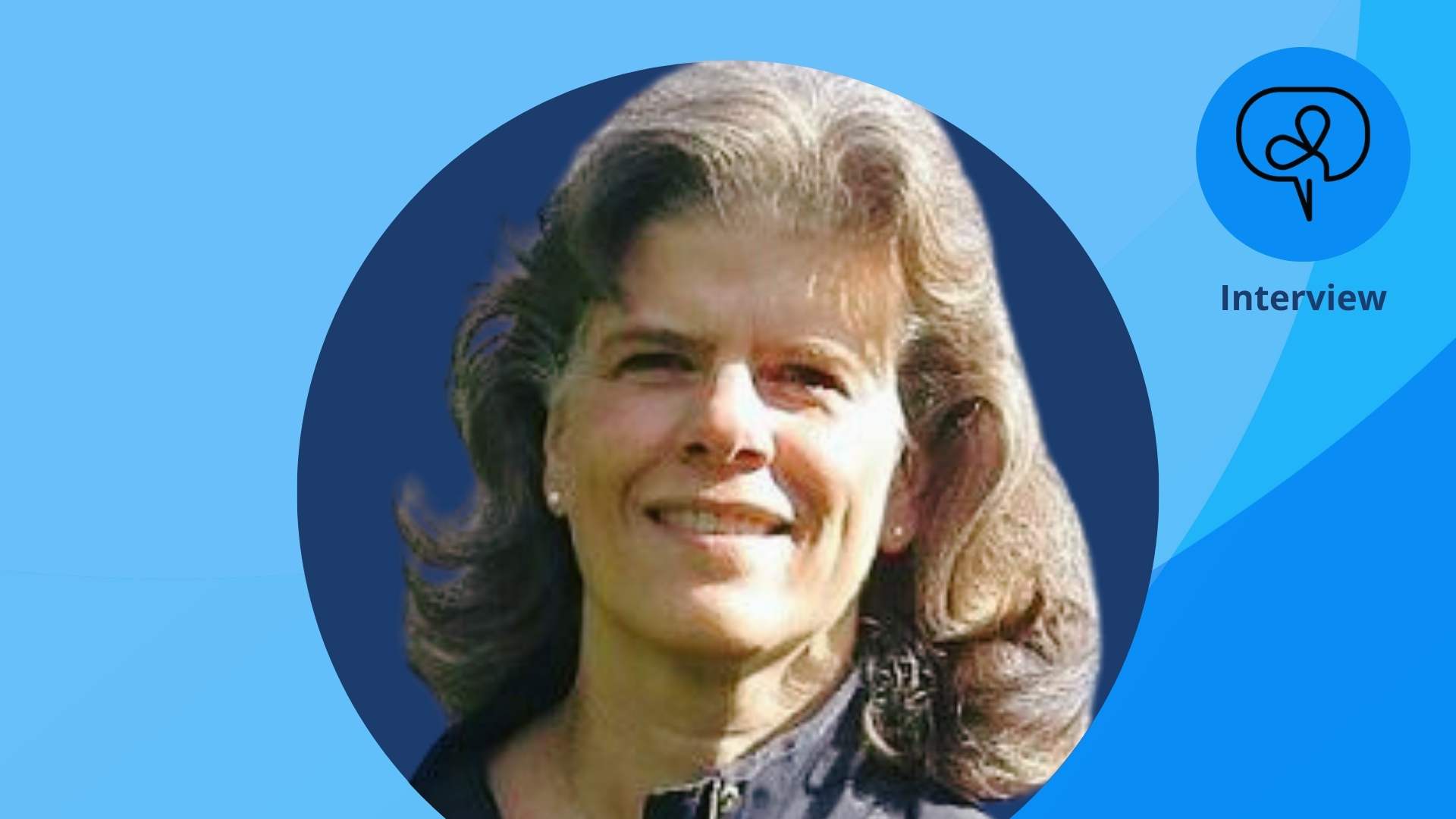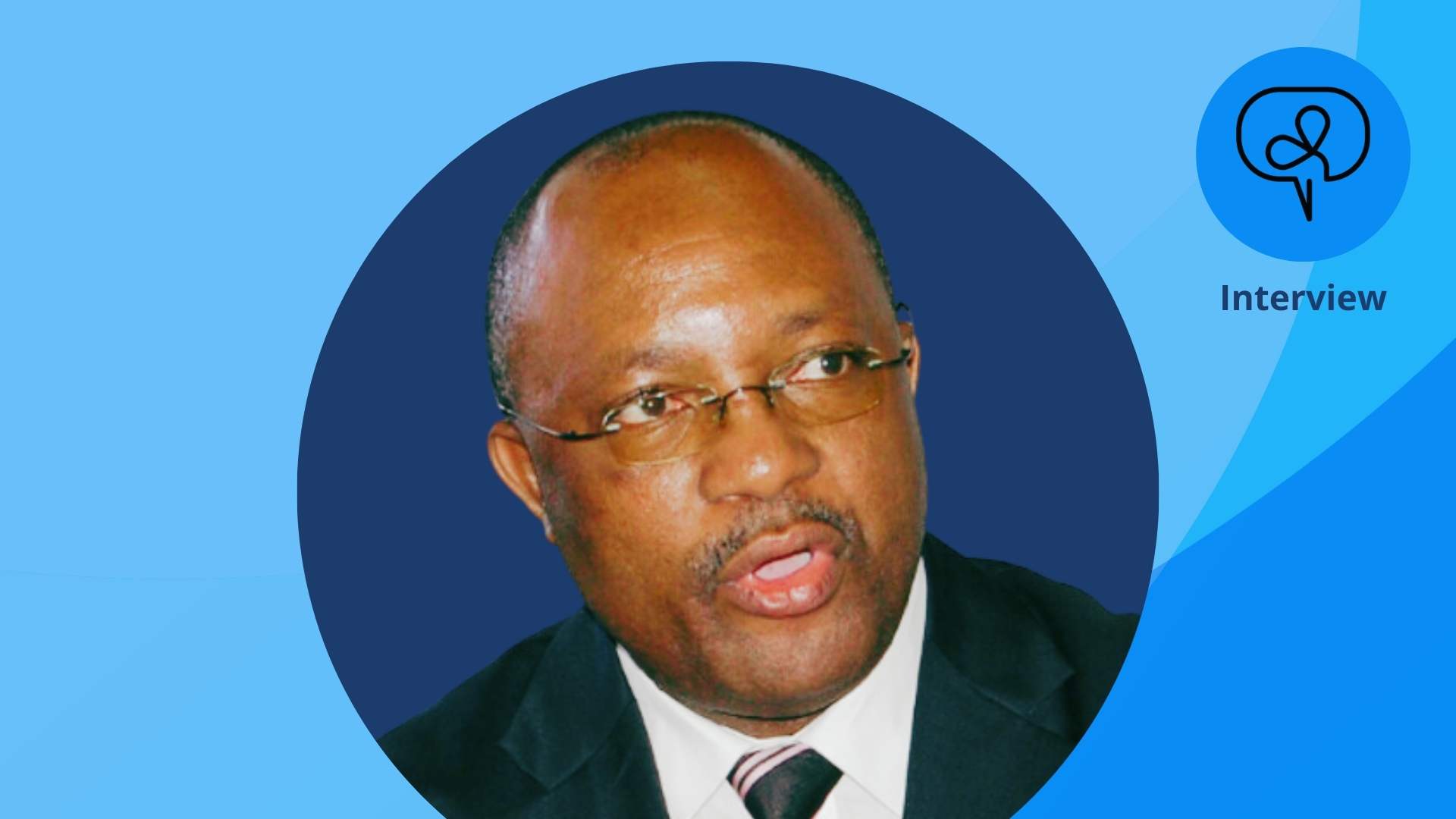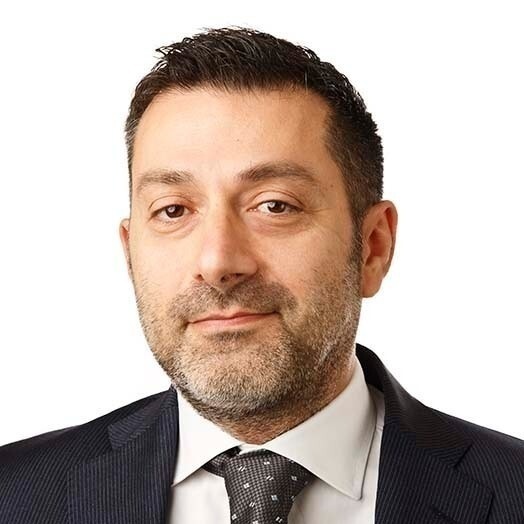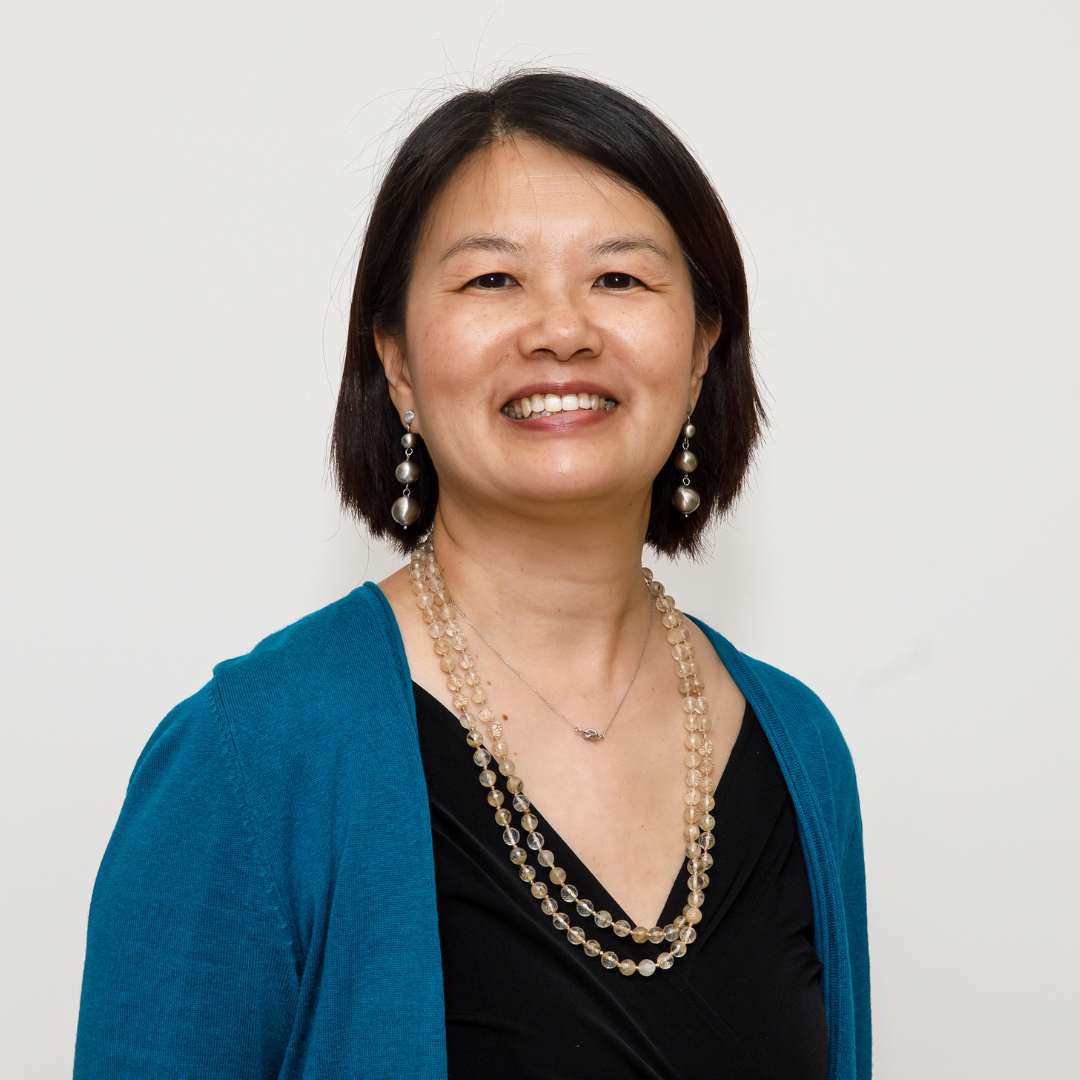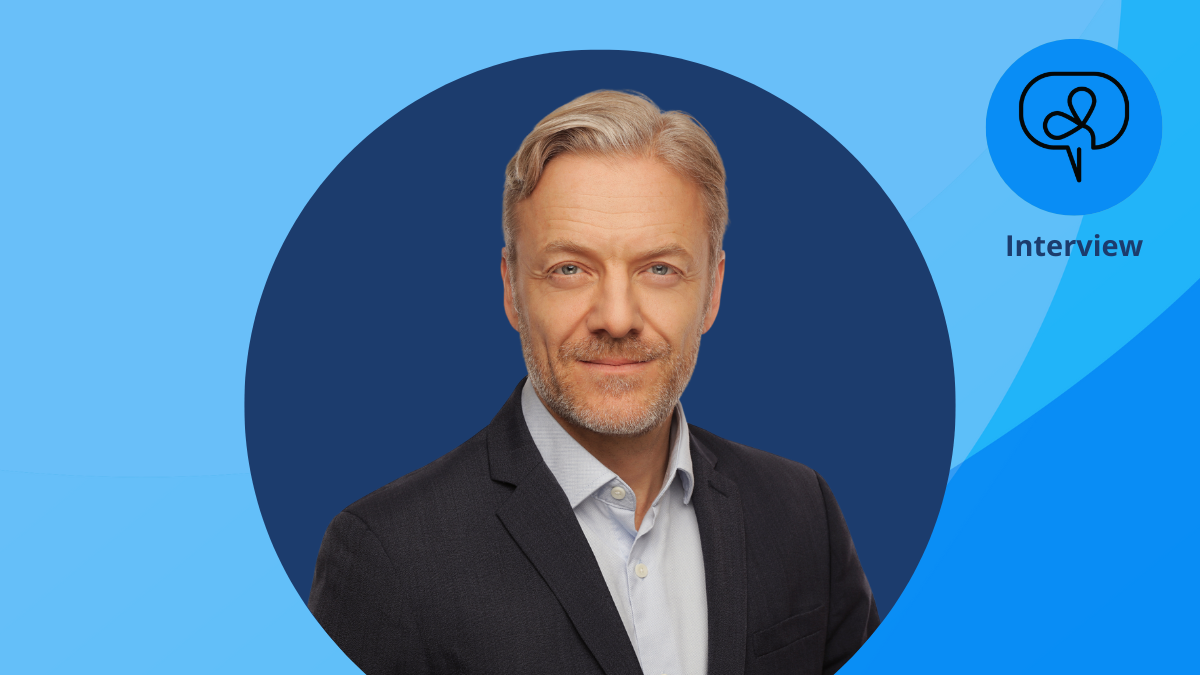
Interview with Chris Isaac, AgDevCo
Chris Isaac is the Chief Investment Officer at AgDevCo and a partner of the Donor Platform.
GDPRD Secretariat/Michelle Tang: Blended finance is a hot topic in development these days. Could you tell us what it is and give us a sense of where things stand?
Chris Isaac: Blended finance is still a relatively new topic in international development. One of the best definitions comes from Convergence, the Global Network for Blended Finance, which says:
“Blended finance is the use of catalytic capital from public or philanthropic sources to increase private sector investment in sustainable development”.
Despite the buzz, I would say blended finance has not yet delivered on its potential. The 2030 deadline for the Sustainable Development Goals (SDGs) is fast approaching, the investment gap is as large as ever, and private investors remain on the sidelines.
But that doesn’t mean we should abandon the approach. Rather, we should double down.
When blended finance started getting attention, expectations about how much private capital could be leveraged alongside donor funds were set at unrealistically high levels. Conversely, we underestimated how much donor funding would be needed to support the blended finance ecosystem, which remains in its infancy.
We need a new way of thinking about blended finance, one that involves more patience when building investable companies and de-risking industries, especially in agriculture. Mobilising private capital is a process that takes years, if not decades. But once that process takes hold, the impacts can be large and far-reaching.
Chris Isaac | Chief Investment Officer, AgDevCo. This video is from a recording of the interview, conducted by the Secretariat of the Global Donor Platform for Rural Development on 2 May 2024.
Michelle: Could you Illustrate this urgency in numbers?
Chris: By almost any measure, the size of the investment gap to meet the SDGs is too large to be met by official development assistance (ODA) alone.
The United Nations Conference on Trade and Development reckons the cost of meeting the SDGs is US$5.4 trillion per year. But total ODA is only about US$200 billion. In other words, the funding need is 27 times greater than ODA volumes.
Foreign direct investment has a role to play, but it is also falling short. In 2023, FDI flows to emerging markets were US$841 billion, mainly to large middle-income countries and with only US$48 billion to Africa.
Development finance institutions (DFIs) have been expanding in recent years, now with US$84 billion of assets under management. But they can only invest at a rate of a few billion per year.
So the investment gap remains very sizeable.
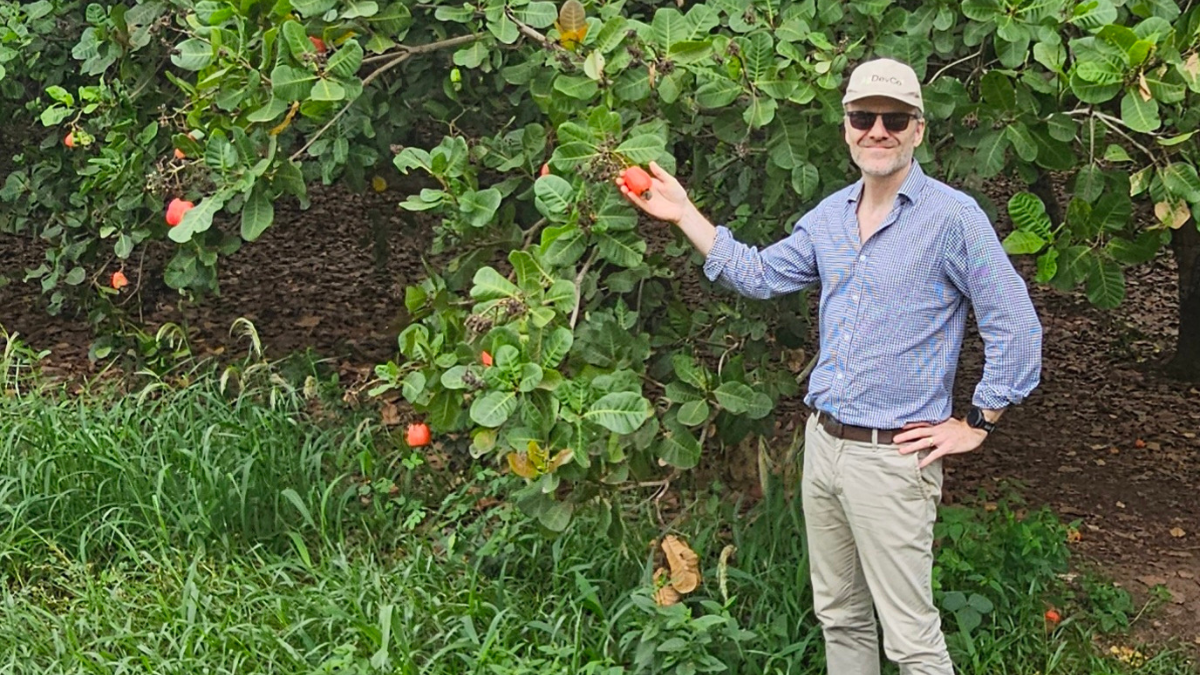
Chris Isaac on mission in Cote D'Ivoire.
We need a new way of thinking about blended finance, one that involves more patience when building investable companies and de-risking industries, especially in agriculture.
Michelle: At the same time, we see global wealth reaching all-time highs.
Chris: Indeed, global financial assets now exceed US$500 trillion, about three times the level they were at the start of the millennium. Within that, pension funds hold around US$50 trillion and sovereign wealth funds around US$11 trillion.
Redirecting only a small proportion of global financial assets to developing countries would go a long way to closing the SDG investment gap.
Share
Michelle: Now blended finance can help address this paradox. What’s holding back these private investments?
According to Convergence, investors consider returns for SDG-related investments to be too low for the risk. I would add that there are also too few investments, especially in low-income countries, that meet the minimum size requirements for international investors.
Blended finance aims to shift the balance of risk and return for private investors through first-loss capital, guarantees or grants. This can be done within a fund, as part of a bond issue, or within an individual project.
In simple terms, blended finance is a type of subsidy to support private investment. There are good reasons to subsidise private sector activity in frontier markets. In agriculture, investors face not only poor infrastructure and a lack of trained labour, but also unpredictable policies, and weather and market risks.
In the UK, Europe and the US agriculture is a heavily subsidised activity. The idea that African agriculture can modernise with private sector capital alone, without any form of subsidy, is unrealistic.
There is no such thing as a free lunch. If we are serious about leveraging large volumes of private capital, the levels of ODA directed to blended finance will need to increase significantly.
Michelle: In reality, isn’t blended finance more sophisticated than simply handing out subsidies?
Yes indeed, there’s been a lot of innovation around designing fund structures which combine capital from donor agencies, DFIs, foundations and private investors. While this structuring process can be time-consuming and involve high legal fees, there are now tried and tested models which can be replicated.
According to Convergence, over 1,900 unique investors have participated in one or more blended finance transactions since 2014, with US$213 billion of capital mobilised, the majority in Africa. New fund managers have entered the market, building skills and expertise on the ground.
While this level of financing is not big enough to close the SDG investment gap, it’s an important start. Development finance is no longer a niche part of the aid landscape. There are now many new players alongside the established DFIs, including specialist impact fund managers focusing on climate, infrastructure, agriculture, financial services and other sectors relevant to the SDGs.
A good example is the Private Infrastructure Development Group (PIDG), which was doing blended finance before the term became widely used. The PIDG comprises a number of blended financing facilities for infrastructure projects in Africa and Asia, including the Emerging Africa Infrastructure Fund, GuarantCo and InfraCo. Over the past two decades, the group has mobilised billions of private capital to low-income countries.
AgDevCo itself is a blended finance vehicle, with backing in the form of first-loss capital from the UK government and investment from three DFIs (British International Investment, Norfund and the United States’ Development Finance Corporation). We don’t leverage private capital directly into AgDevCo but we do mobilise private debt and equity alongside the investments we make into early-stage African agribusinesses.
We should remain ambitious. By doubling down and reframing blended finance as a way of preparing the ground for private capital over an extended time horizon, we can realistically talk about turning billions of donor funds into trillions of investments.
Michelle: After a decade of innovation, are we in a position to rapidly scale up blended finance? How do you see the way forward?
Chris: I would say it’s time to rethink blended finance – and double down. I have three suggestions.
First, we should not fixate on how much private capital is leveraged into blended finance structures on day one. In challenging markets such as agriculture, it takes time to create viable, growing companies that pave the way for wider industry development. In many situations we may need to lead the way with a mix of public (including ODA and DFI funding) and philanthropic capital, with private capital to follow later.
As an example, AgDevCo investee Hatch Africa produces day-old chicks to be reared as “village chickens” by small-scale farmers. The company started in Ethiopia in 2010 with a grant from the Bill & Melinda Gates Foundation. AgDevCo first invested in 2017 to support regional expansion. Hatch now operates in six African countries. The company served over 4 million rural households in 2023. In a few years, Hatch Africa could make an attractive opportunity for a global investor, potentially leveraging hundreds of millions of private capital into a highly impactful business model.
My second suggestion is to recognize there is no such thing as a free lunch. We will not shift the needle with the low levels of ODA going towards blended finance today. According to the OECD, over 1 per cent (US$2.5 billion) of total ODA (US$204 billion) in 2022 went towards supporting private sector investments. The vast majority of ODA financed grants, loans to sovereign entities, debt relief and contributions to multilateral institutions. If we are serious about leveraging large volumes of private capital, the levels of ODA directed to blended finance will need to increase significantly.
Concerns about inefficient subsidy to the private sector are understandable, but there are now best-practice guidelines and multiple examples of blended finance structures with robust governance frameworks including some, like AgDevCo, which are not-for-profit distribution vehicles (i.e. all profits are recycled into making new investments).
Third, we should remain ambitious. By doubling down and reframing blended finance as a way of preparing the ground for private capital over an extended time horizon, we can realistically talk about turning billions of donor funds into trillions of investments.
Chris Isaac is AgDevCo’s Chief Investment Officer (CIO) and one of the company’s founding directors. He has been working in development finance in Africa for the past 20 years, including periods living in Namibia and Mozambique. Prior to AgDevCo, Chris worked in infrastructure project development with InfraCo Africa; as an economic adviser in the UK’s Department for International Development; and as an economist in the Ministry of Finance in Namibia. He started his career in corporate finance with Arthur Andersen. Chris holds economics degrees from University College, Oxford (BA Hons) and the London School of Economics (MSc). He grew up on a hill farm in Carmarthenshire, South Wales.
Chris is a member of AgDevCo’s Board and Executive Committee. He also holds a number of board positions in AgDevCo’s subsidiary and investee companies.
Follow the GDPRD's work on development finance including its recent webinar "Decoding the Fundamentals of Development Finance".
